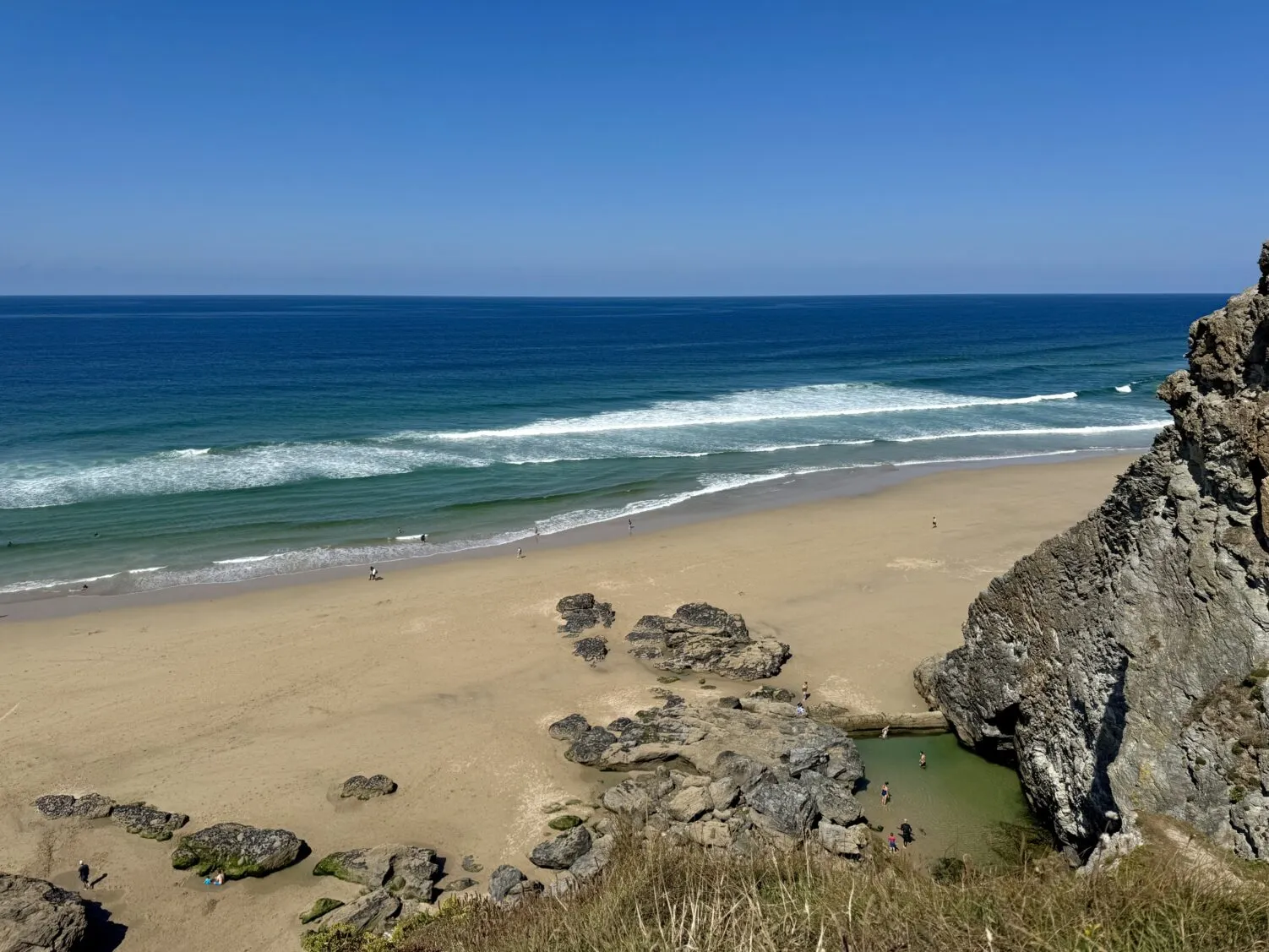
Your Beach. Found: Porthtowan


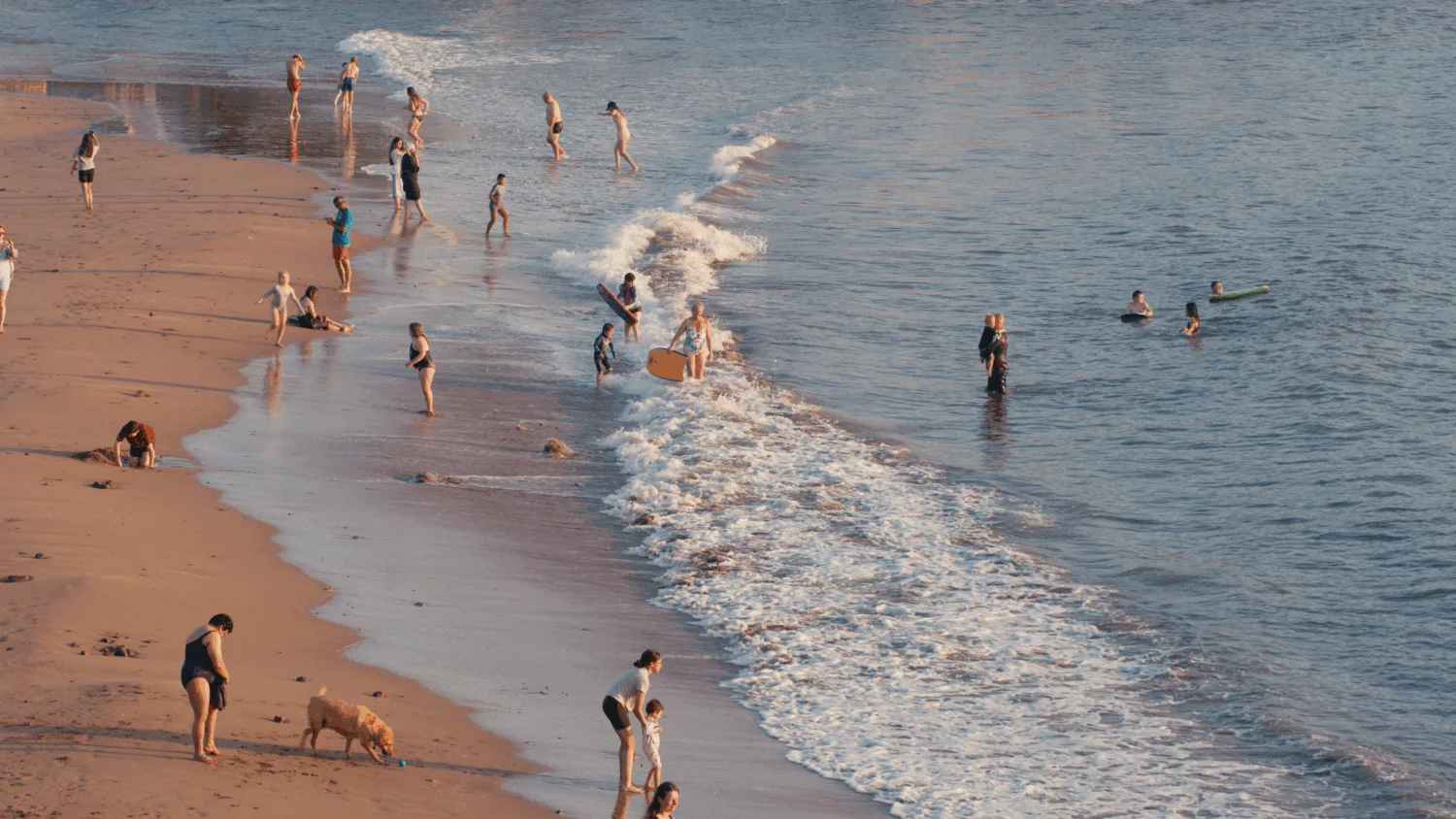
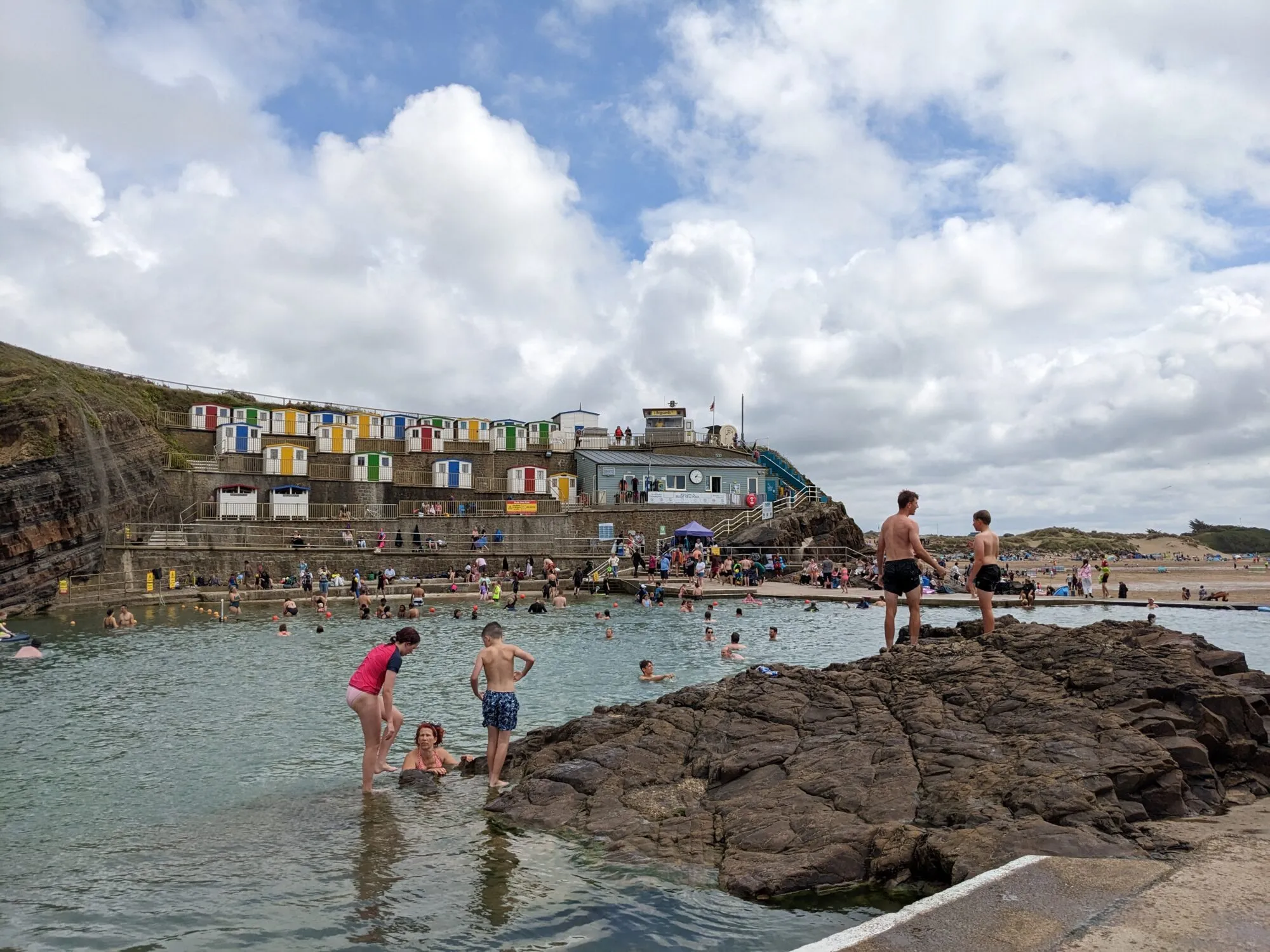
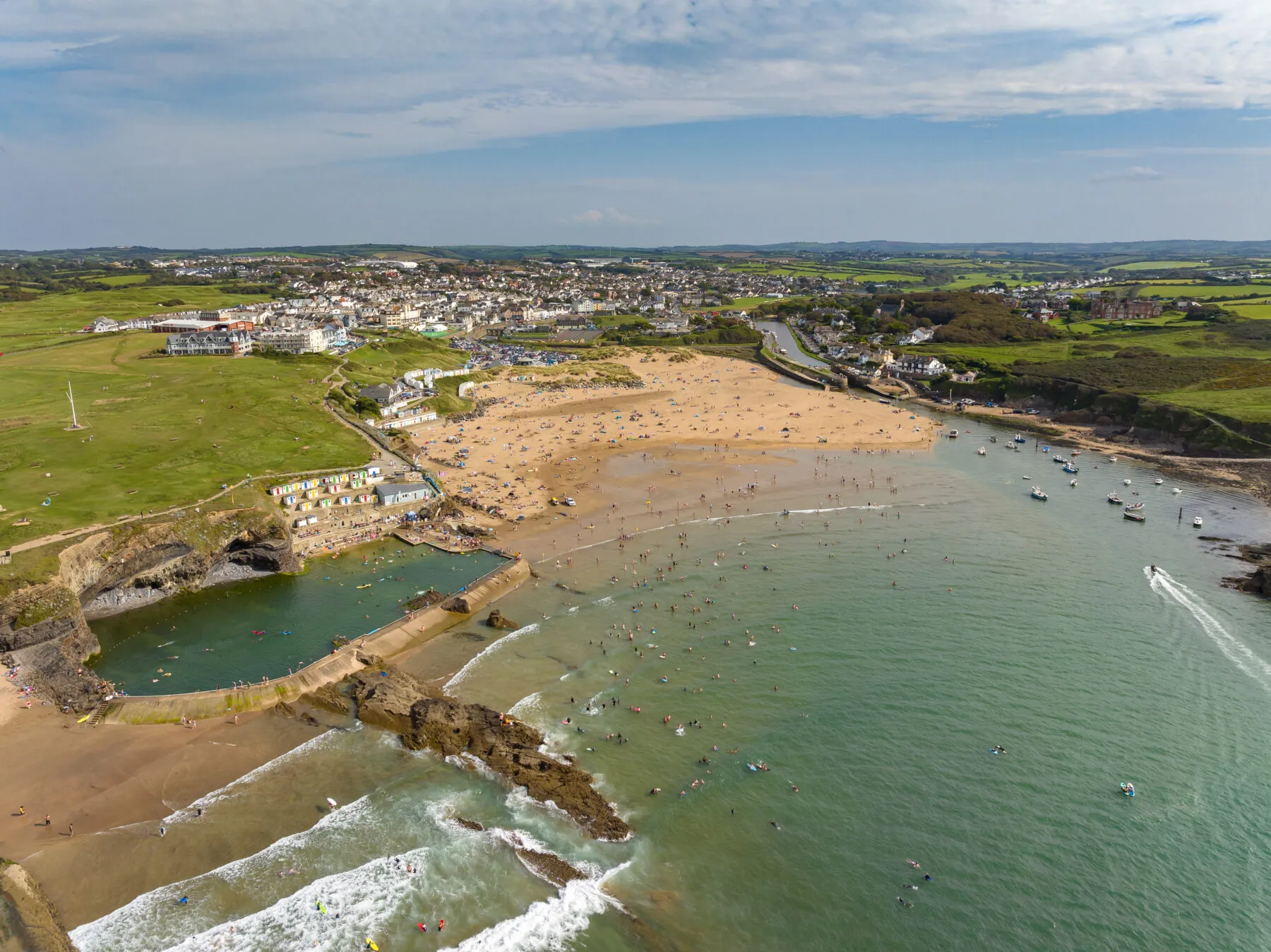
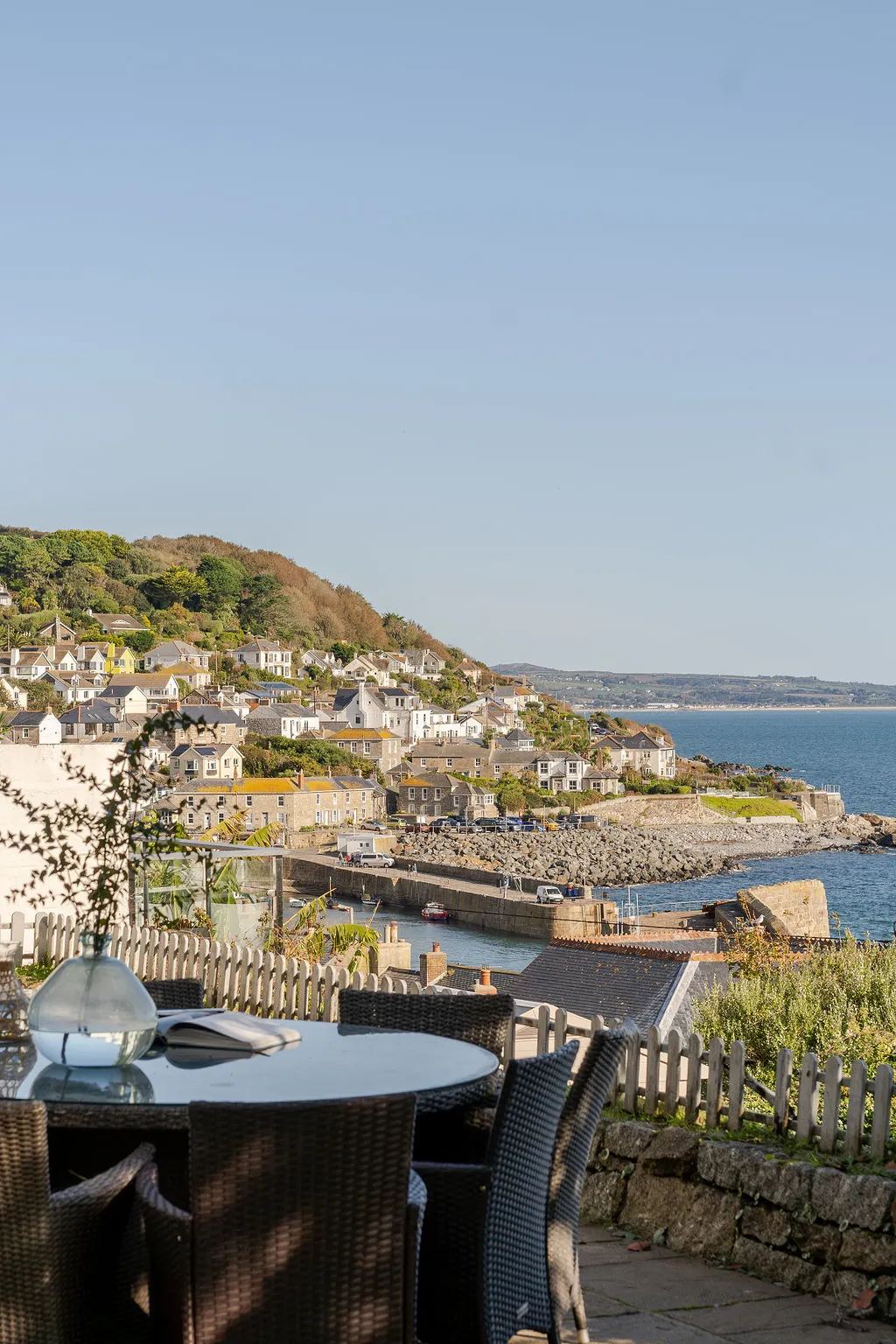
Indulge in slow living by the sea in one of Cornwall’s most adorable harbour villages
Perched in the heart of Penwith you’ll find a sheltered harbour, narrow lanes and honey-hued cottages which make up Mousehole – one of Cornwall’s most enchanting coastal villages.
Mousehole is known as a festive destination, particularly due to its famous Christmas lights which glow by the harbour each winter. However, this tiny fishing town has its own charm all year round. Discover crystal clear water and days paddling in the harbour in the height of summer. Or visit during the golden light of autumn where cooler temperatures invite you to walk the coast path for miles.
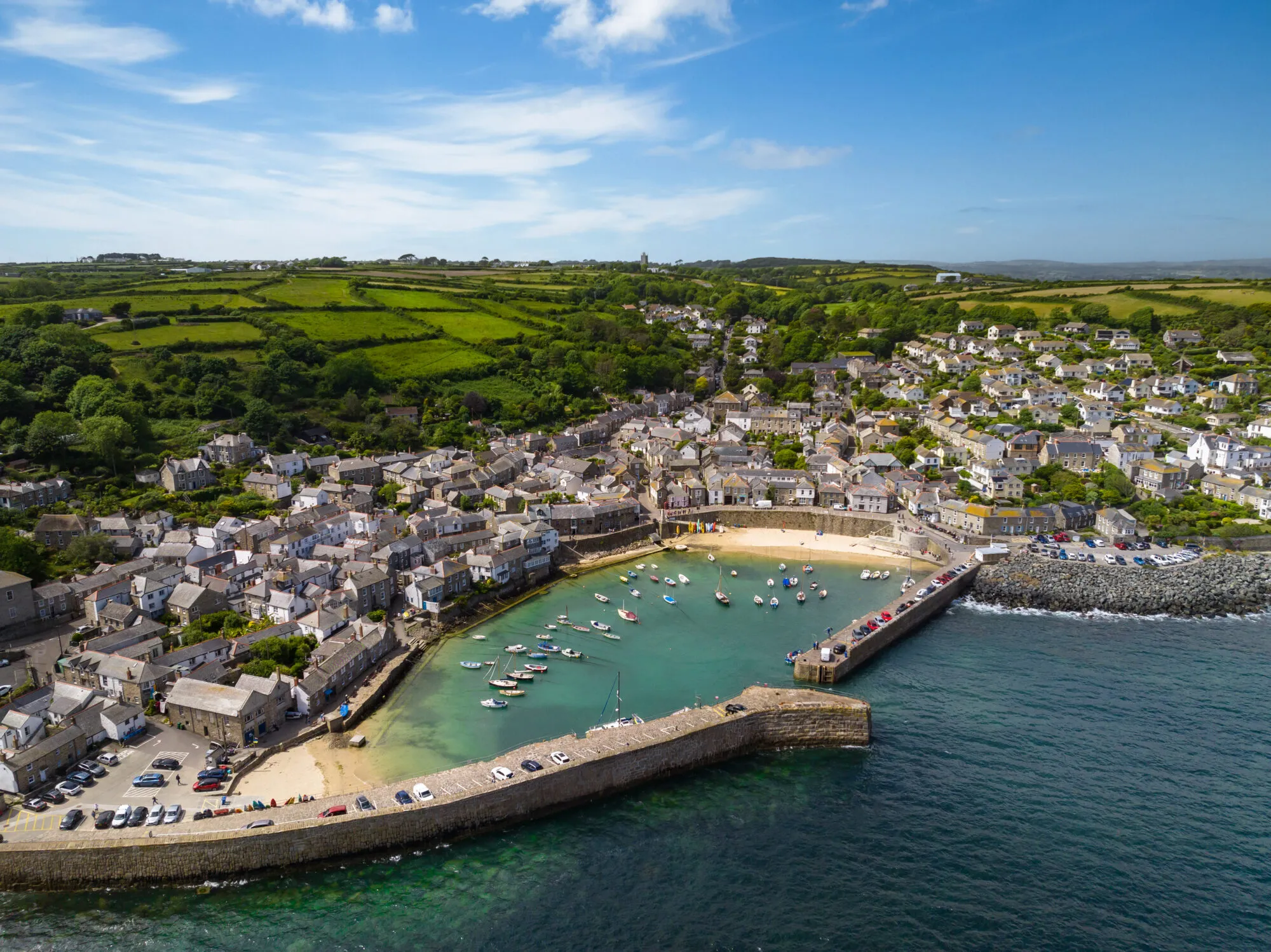
Stay in one of our five Mousehole retreats – Stella Maris, Pilchard Cottage, Chy Lowen, Little Duck or The Mouse House. Hear the faint cry of harbourside gulls by the water and wake slowly to the first rays of sunshine through yoru window. Step out of your door, following the mouth-watering scent of freshly baked pastries and coffee to your morning breakfast spot. Then spend the day exploring everything this laid-back stretch of the Cornish coast has to offer.
Here’s a glimpse into what your perfect 24 hours in Mousehole could look like.
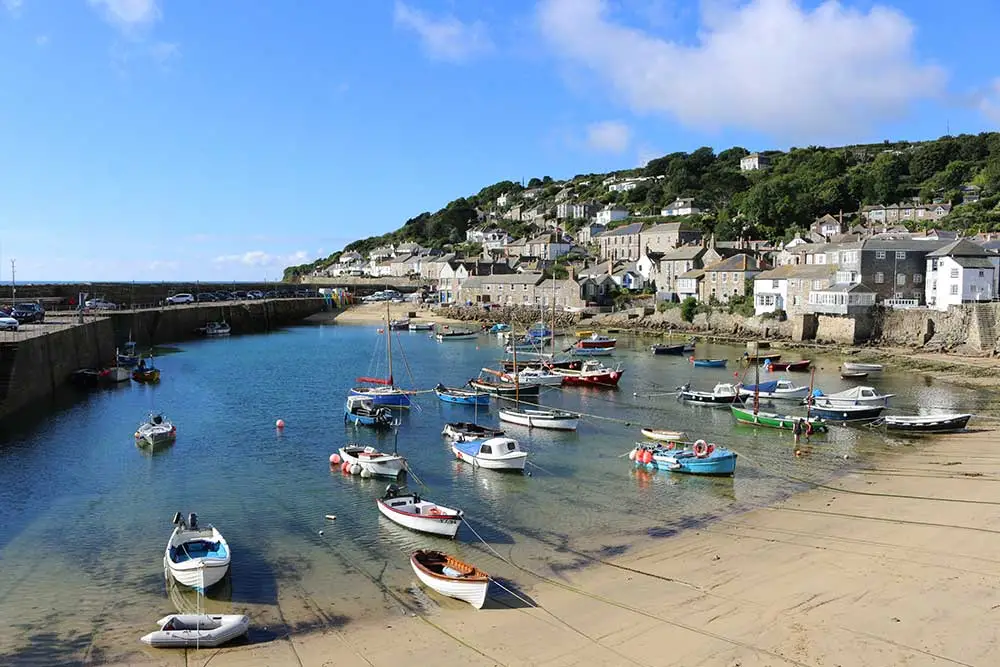
Start the day like a local with a coffee from Mousehole Deli & Kitchen or The Rock Pool Café, both offering sea views and freshly baked pastries. Enjoy your drink perched on the harbour wall as the village slowly comes to life.
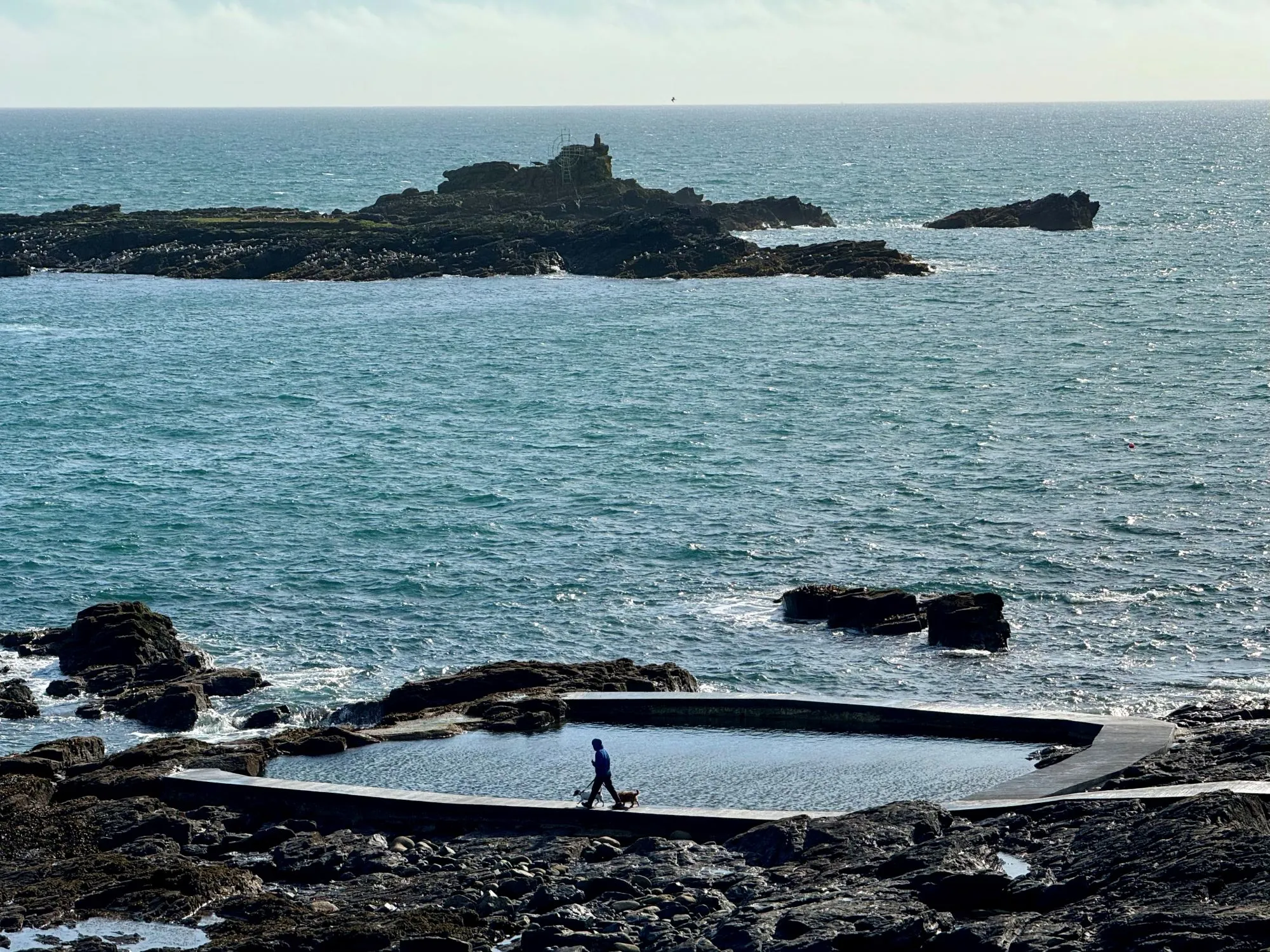 Wander down to the small sandy beach inside the harbour for a morning swim in calm, sheltered waters. At low tide, the beach is perfect for paddling, and in summer it becomes a sun-warmed haven. Or just around the corner you’ll find Mousehole’s very own tidal pool, perfect for a low-tide dip.
Wander down to the small sandy beach inside the harbour for a morning swim in calm, sheltered waters. At low tide, the beach is perfect for paddling, and in summer it becomes a sun-warmed haven. Or just around the corner you’ll find Mousehole’s very own tidal pool, perfect for a low-tide dip.
Lose yourself in Mousehole’s maze of narrow streets, where whitewashed cottages and bursts of fuchsia bougainvillea create postcard-perfect scenes. Browse independent galleries like The Tyler Gallery or the Mowzer Gallery for unique artwork and gifts.
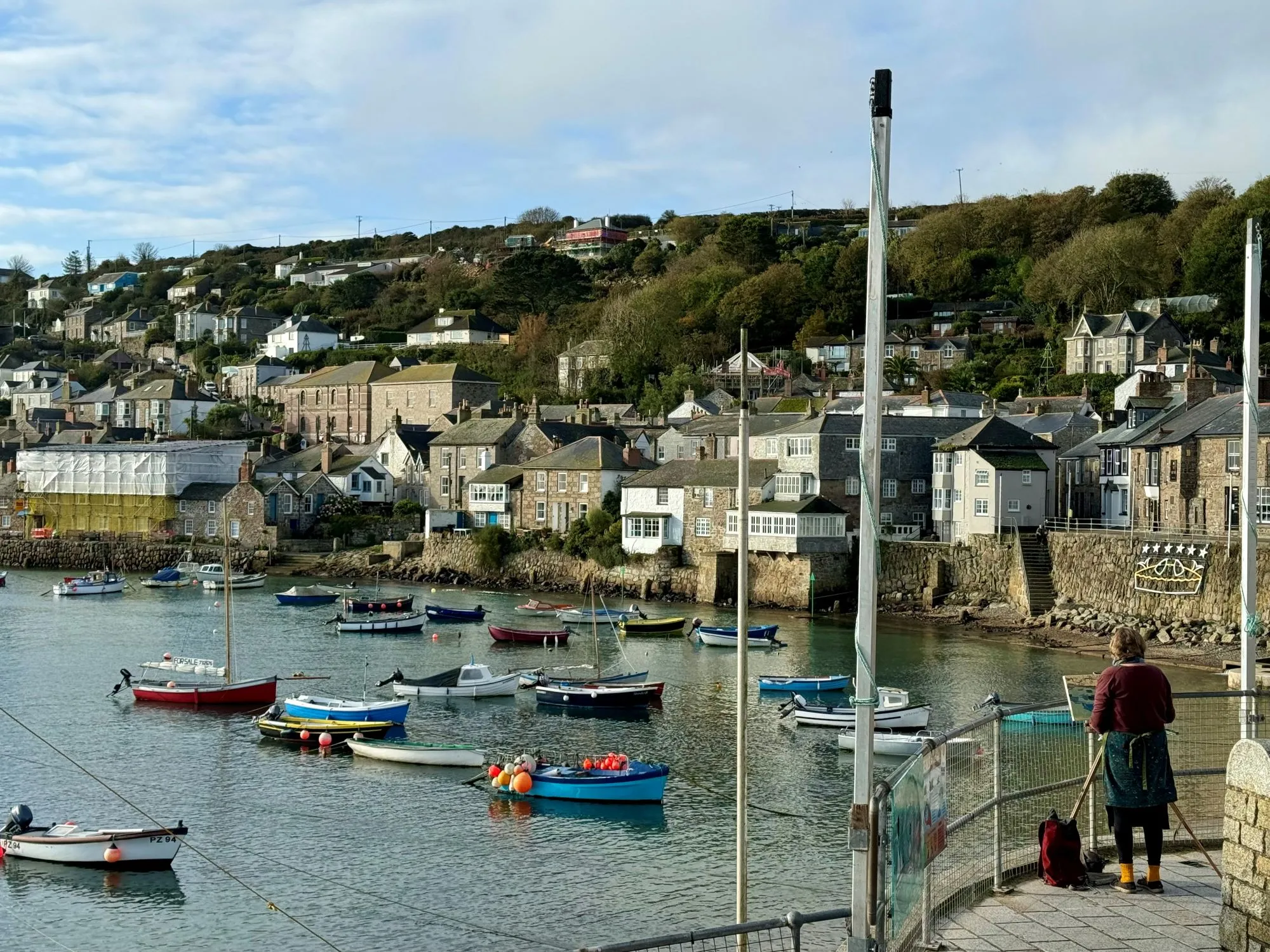
Head to The Old Coastguard, just a short stroll from the harbour, for seasonal dishes made with local produce and sweeping views across Mount’s Bay. On warm days, the terrace is the perfect spot for a long lazy lunch.
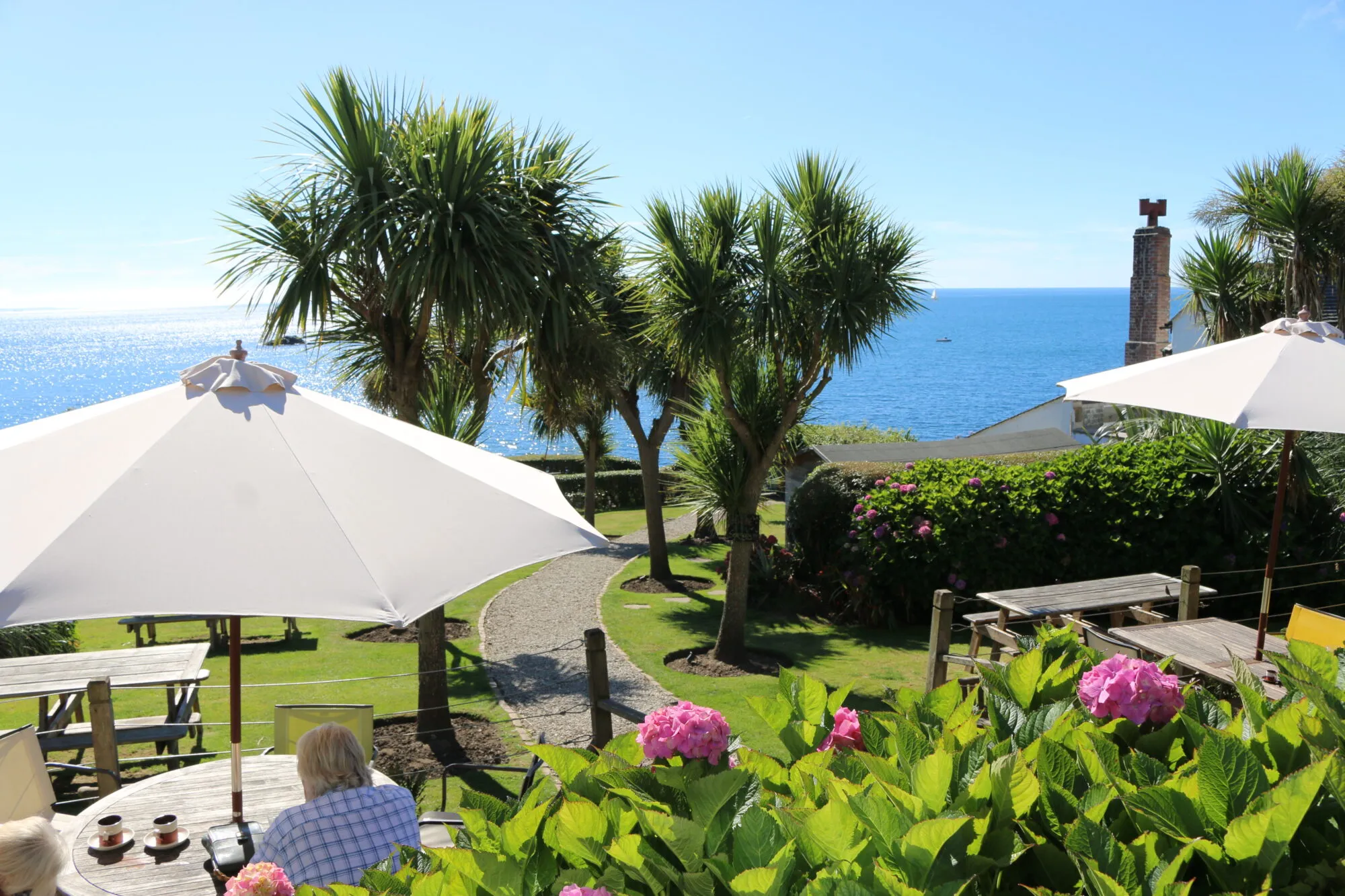
After lunch, join the South West Coast Path towards Lamorna Cove for dramatic clifftop views and glimpses of turquoise coves below. In the summer months the hedgerows are alive with colour and the golden light makes the sea shimmer.
Make your way back to Mousehole for a dinner and wine at 2 Fore Street, where you can watch the last light bounce off the harbour’s fishing boats. Enjoy a starter of Newlyn crab soup and mains of freshly caught fish stew or catch of the day.
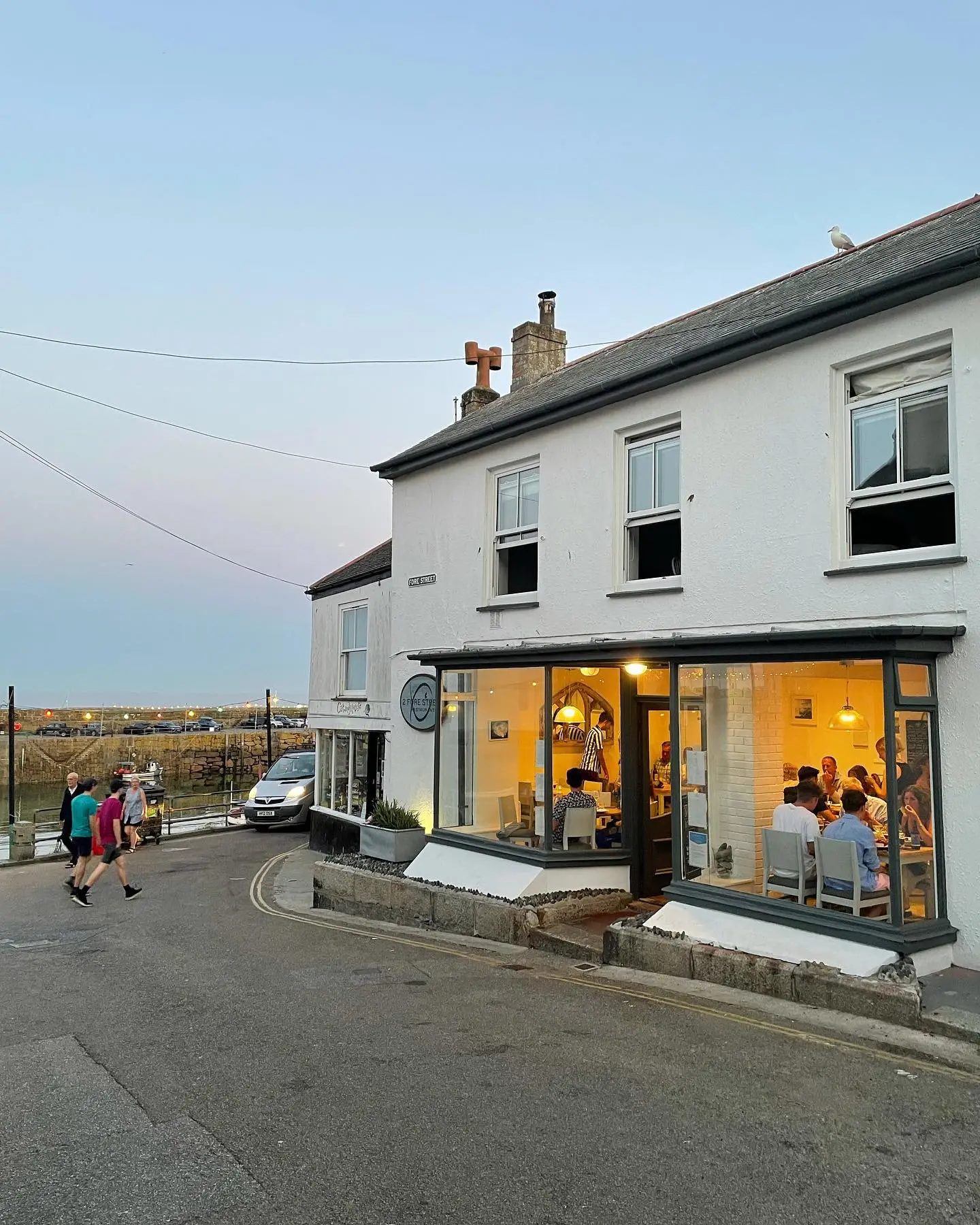
Opt for one of our characterful retreats right in the heart of the village. Browse remaining summer availability or book an autumn stay.
Sleeps 4
Stella Maris is a Grade II listed former fisherman’s cottage close to the harbour. 
Sleeps 5
Full of character and charm, Pilchard Cottage welcomes families with its cosy fireplace and sun-trap garden.
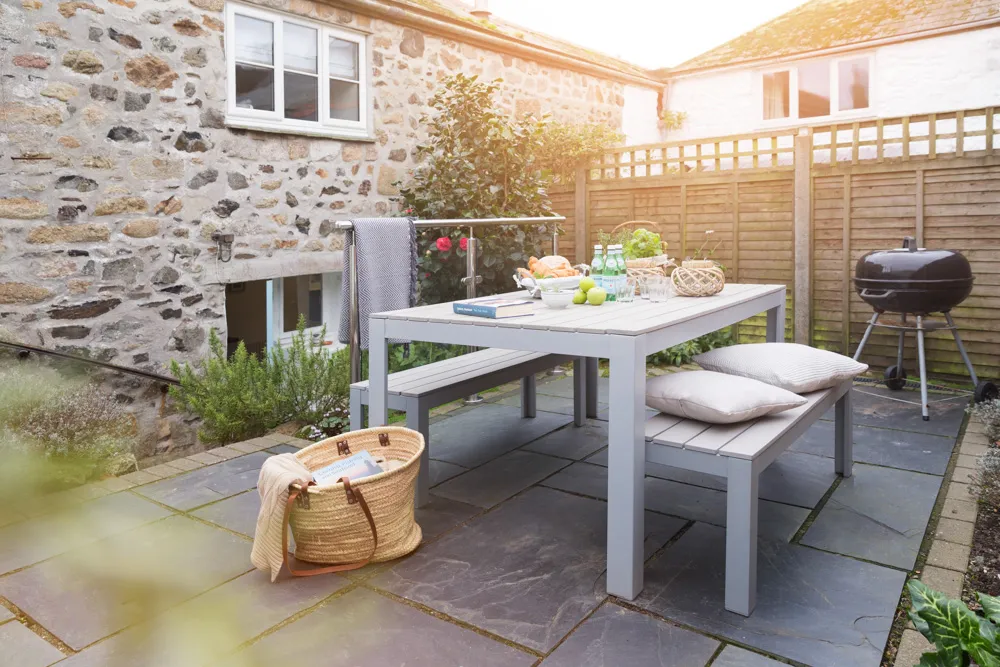
Sleeps 6
Discover contemporary elegance with open-plan living and a terrace perfect for sunset drinks at Chy Lowen.
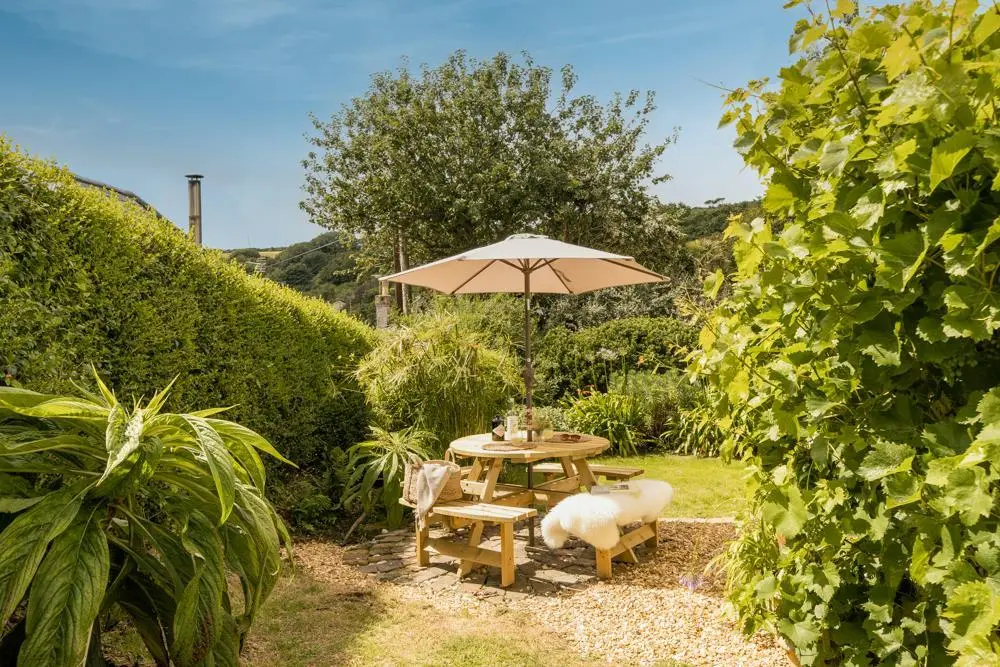
Sleeps 2
Little Duck is a romantic bolthole for two just moments from the water’s edge.
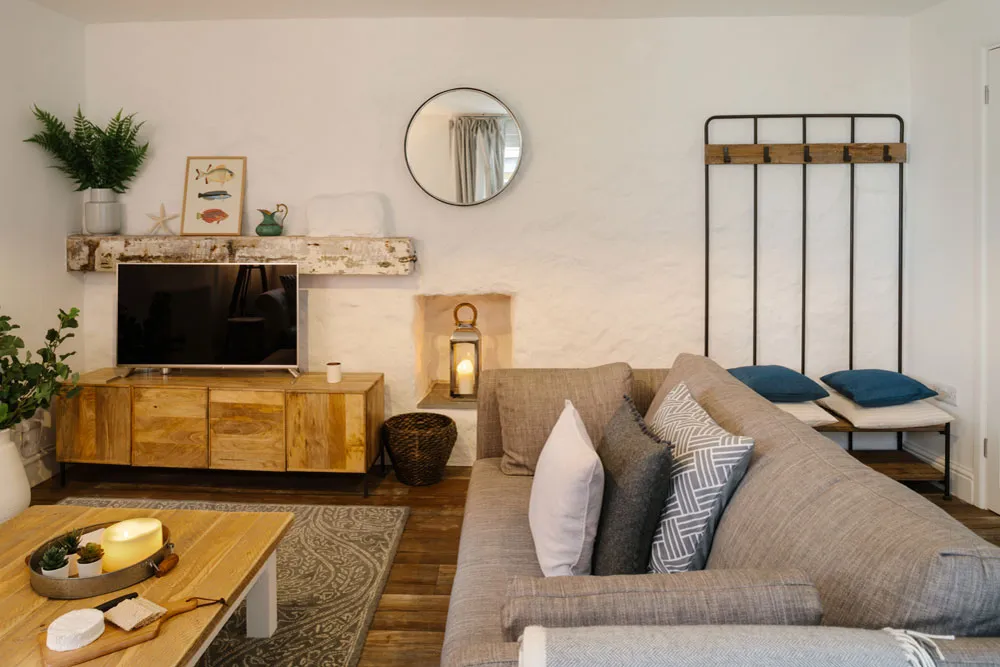
Sleeps 8
Stylish interiors meet a rolling garden with ocean views at The Mouse House.
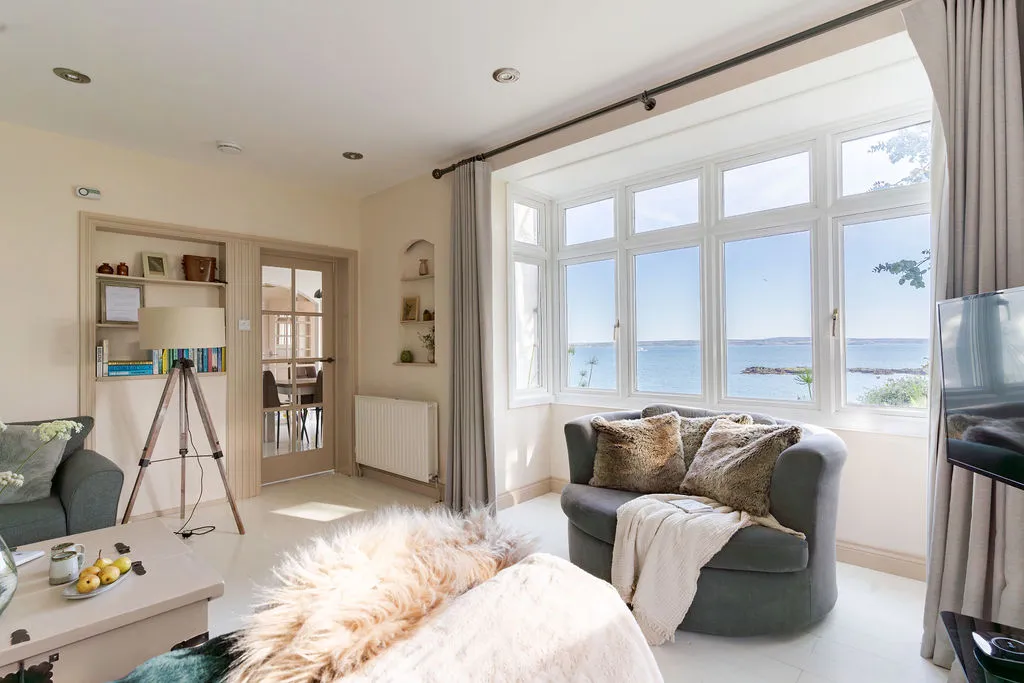
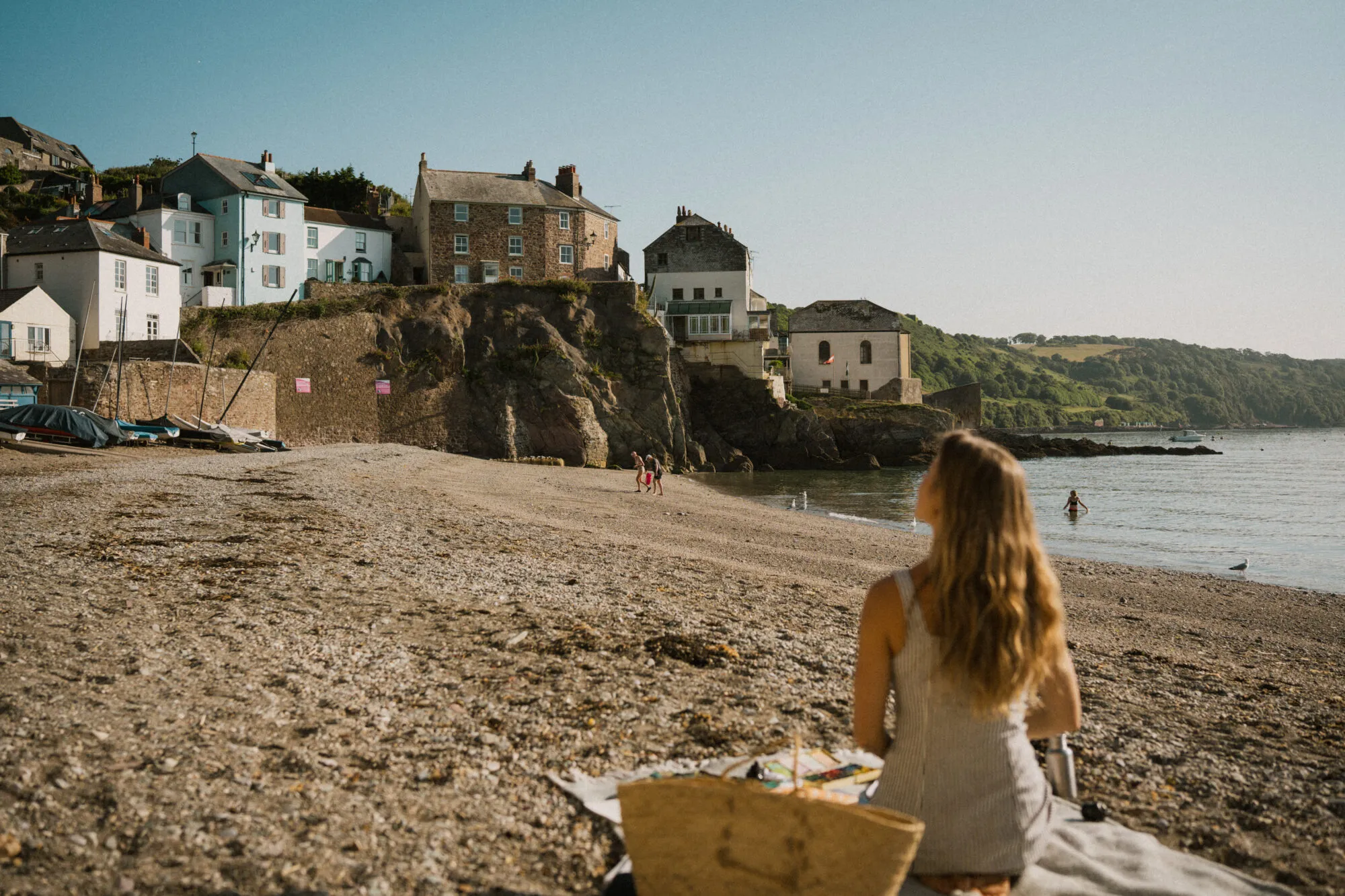
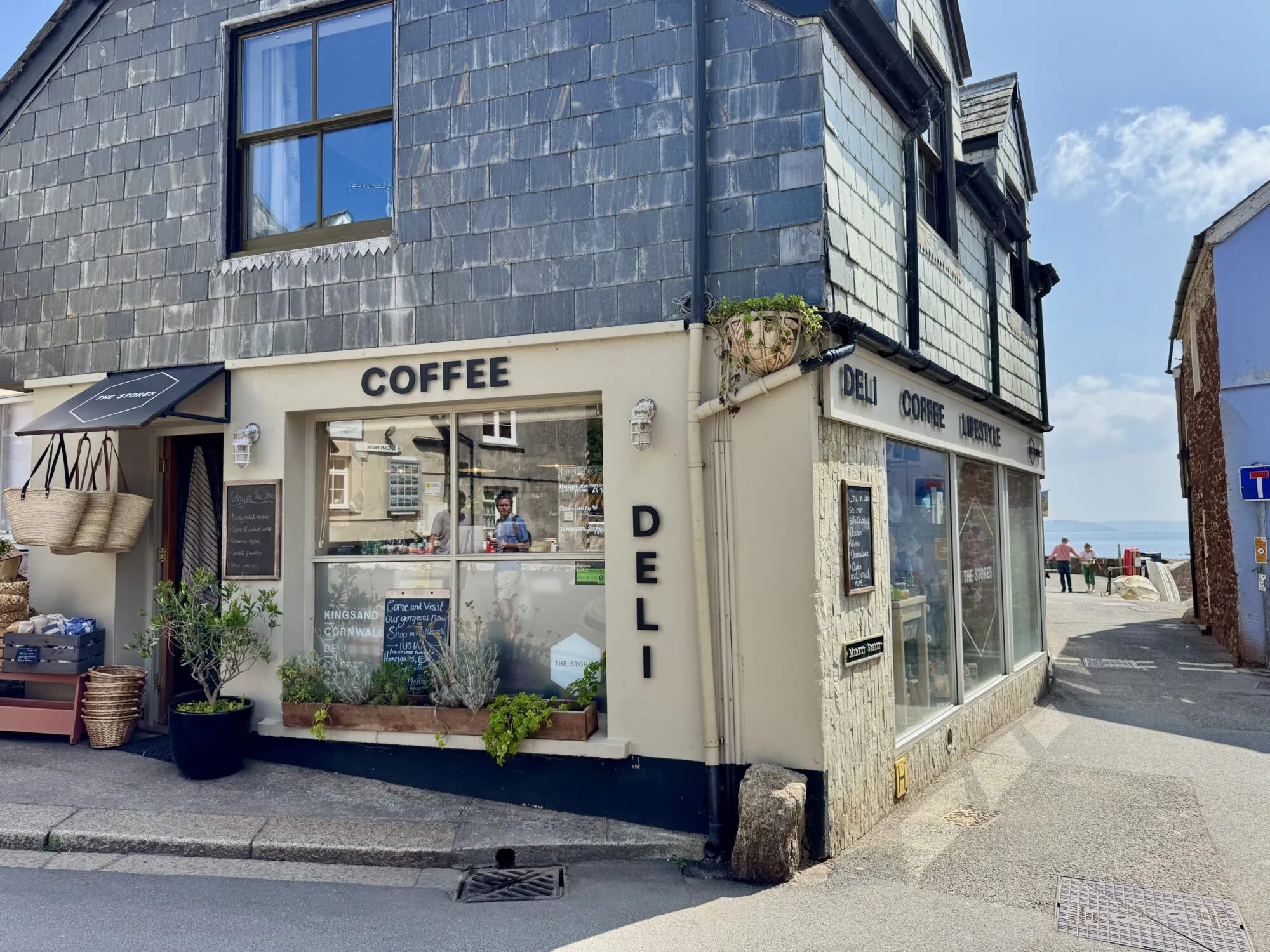
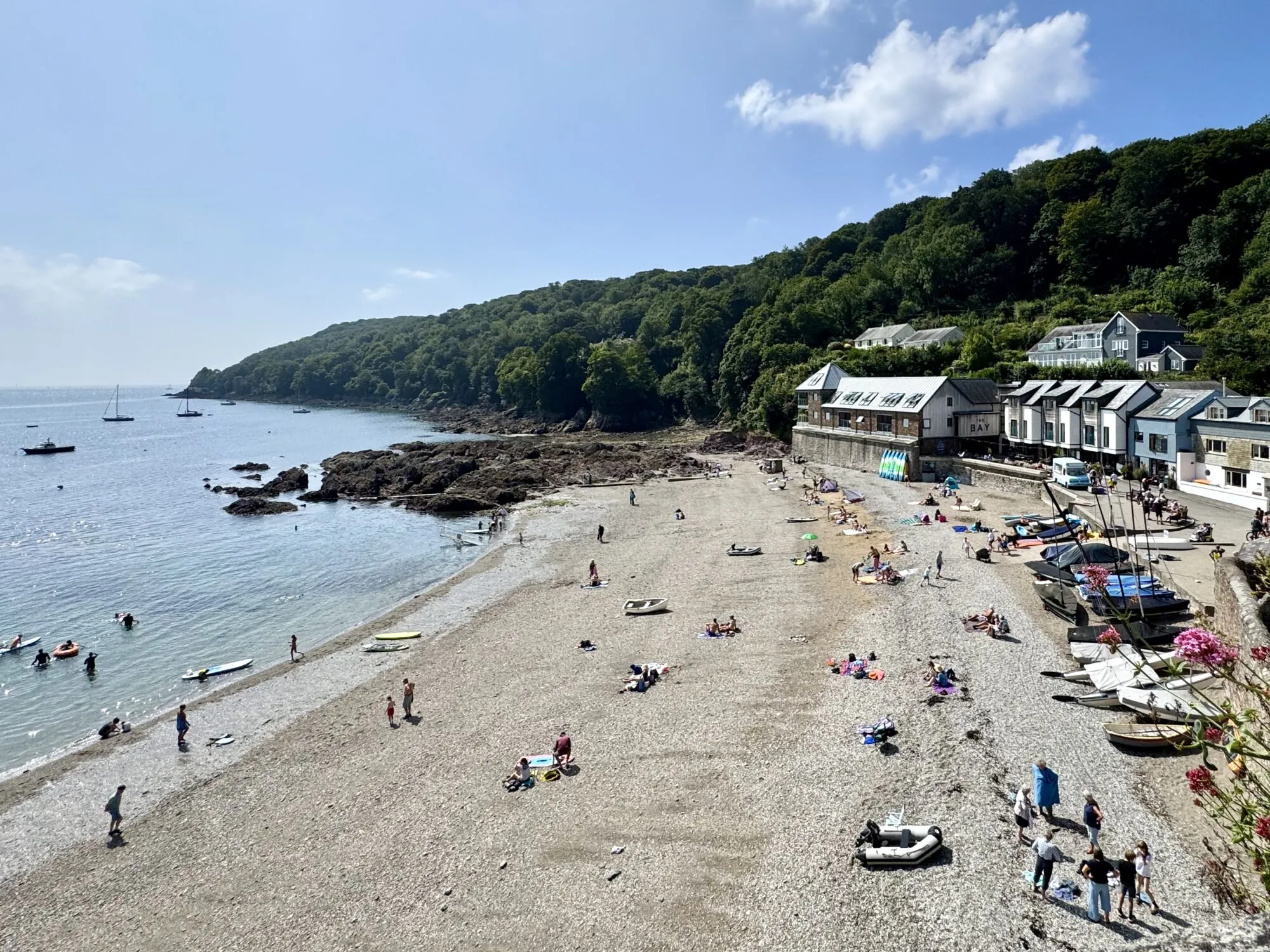
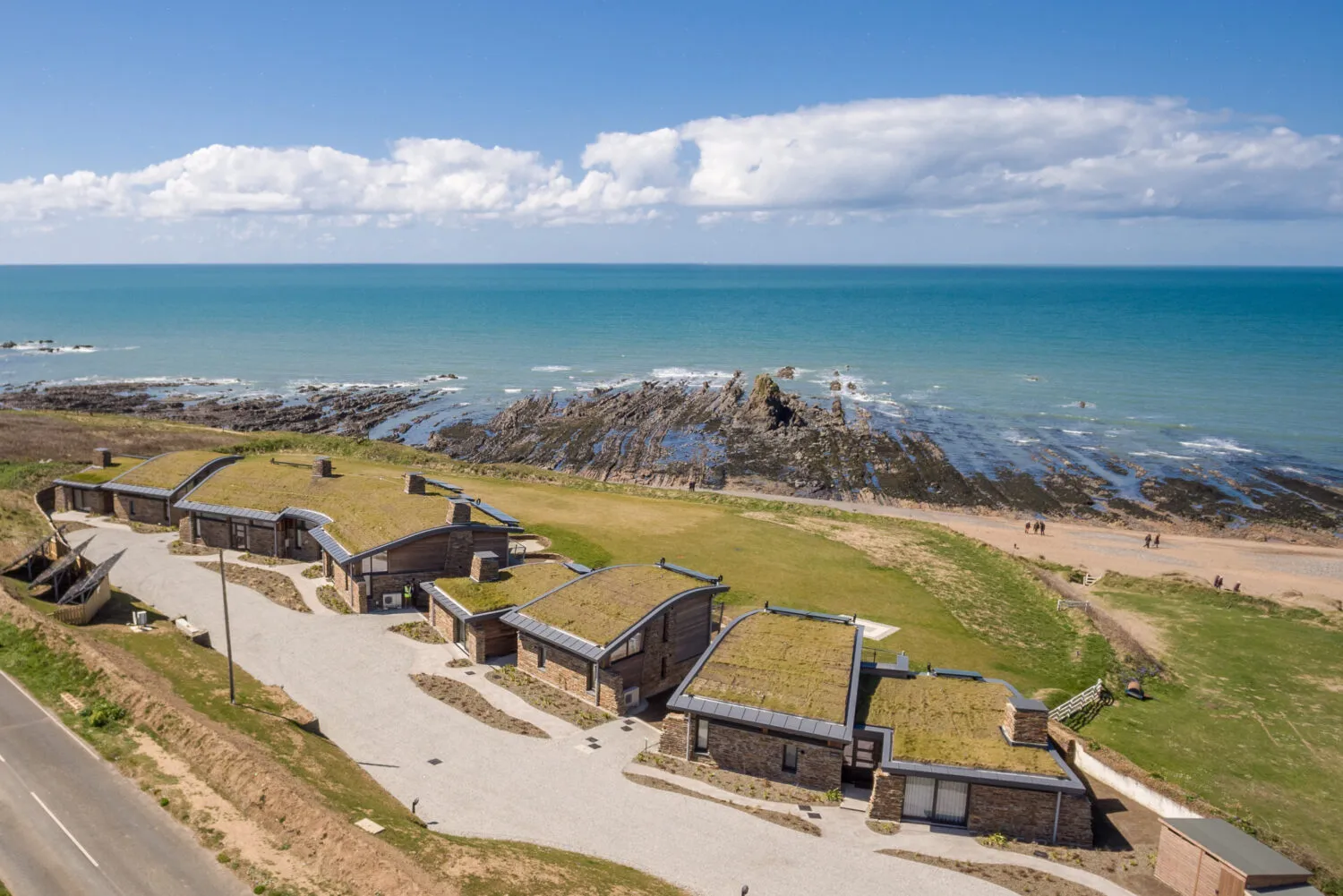
Tucked into the rugged north Cornish coast directly onlooking the golden stretch of Widemouth Bay, Atlantic View is a collection of coastal retreats where morning dips, evening surfs and barefoot walks on the shoreline are a part of everyday life.

Here, you’ll find six eco houses that have been designed to combine state-of-the-art green technology with stylish interiors, all centred around the incredible sea views. In a quiet location with the beach right outside, Atlantic View is the space to truly escape.

The beach just outside your front door, Widemouth Bay, is unspoilt, its wild waves framed by craggy cliffs, wildflower-strewn coast paths and endless skies which fill with stars at night.
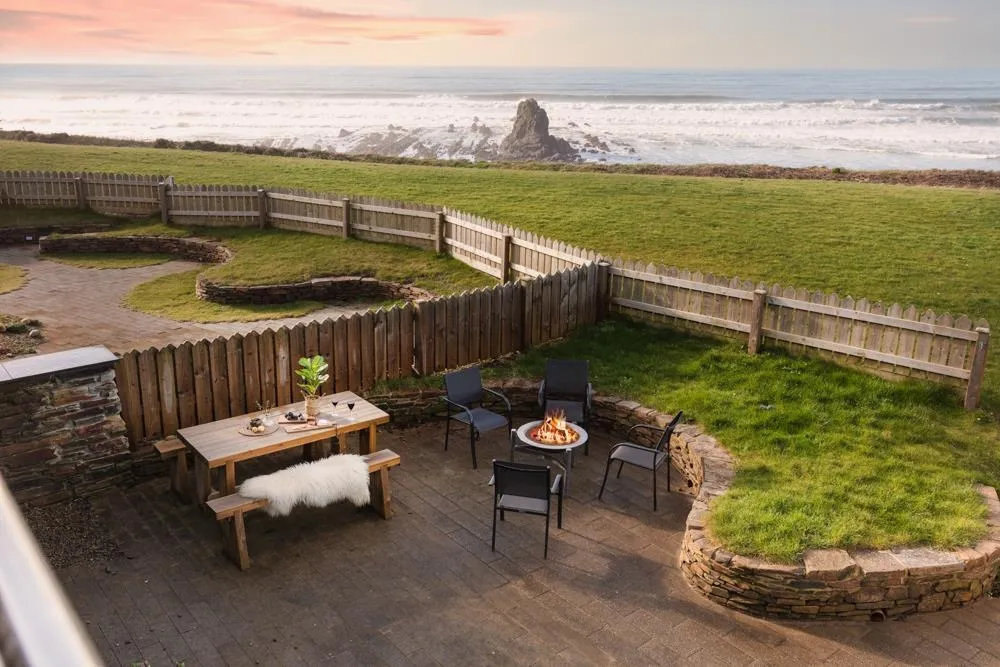
Whether you’re here with family, friends or enjoying some extra space for yourself, these stylish boltholes offer a blissful blend of coastal living and five-star comfort. Here’s a snapshot of what 24 hours of your holiday could look like…
Book your stay at Atlantic View, with 20% off remaining August weeks
Wake slowly. Draw back the curtains and take in the sweeping views of Widemouth Bay from your private balcony. Surf looks good? Grab your wetsuit and set off barefoot to catch the morning’s waves. Come back to coffee and breakfast alfresco on the terrace.
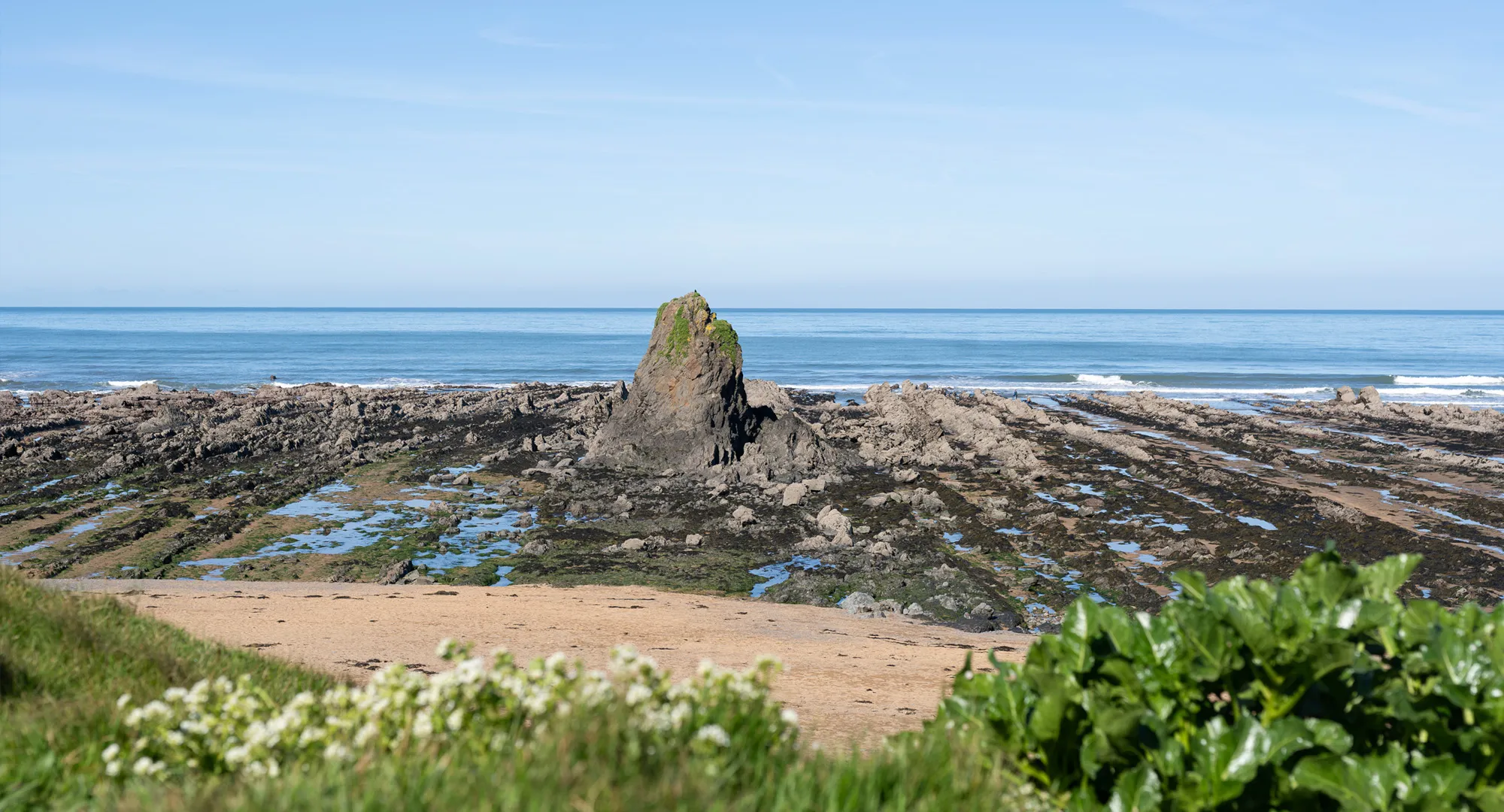
Hopping to and from the beach is easy when its at the bottom of your garden. Widemouth Bay is a vast, family-friendly beach, ideal for long walks, sea swims or beginner surf sessions. The beach is lifeguarded in season, and its easy access from Atlantic View makes spontaneous dips irresistible.
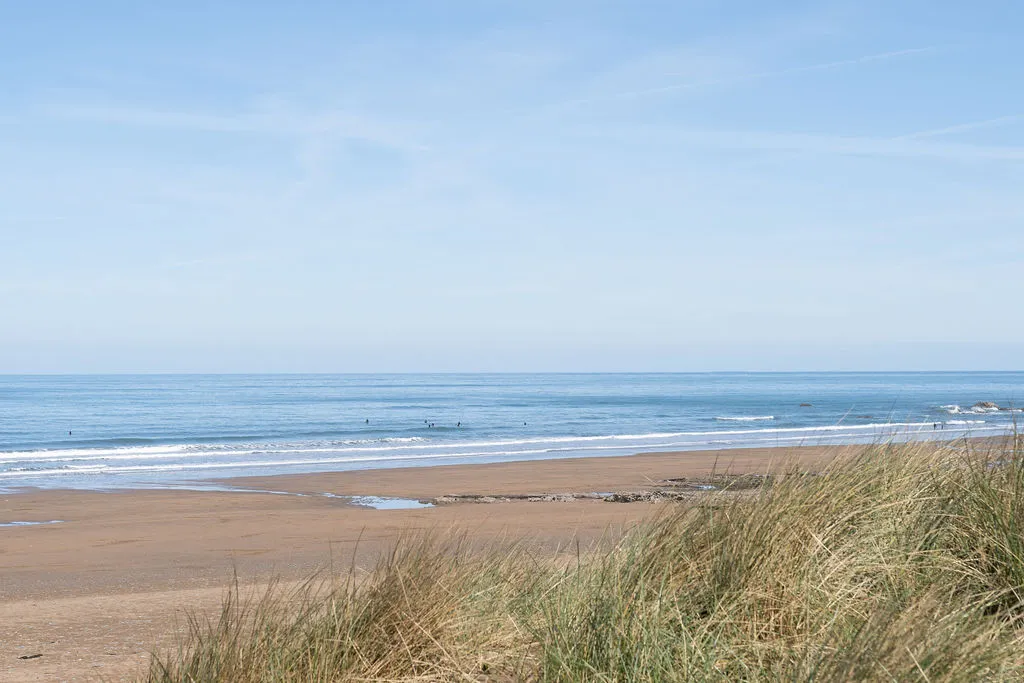
Rinse off sandy toes and settle into the open-plan living space to cook up a lazy lunch. Atlantic View’s homes sleep between 6 and 8 guests, so there’s plenty of space for family gatherings or group feasts. Each property is designed with comfort and connection in mind – expect calming coastal tones, large dining tables, and plush lounge areas for post-lunch lounging.

If you’re not ready to slow down, head to the garden for a round of lawn games or take to the South West Coast Path, which is just steps from your door. Follow it north towards Bude or south for quieter clifftop stretches, where dramatic views and hidden coves reward curious walkers. Or simply recline on the balcony and enjoy the view from your retreat.
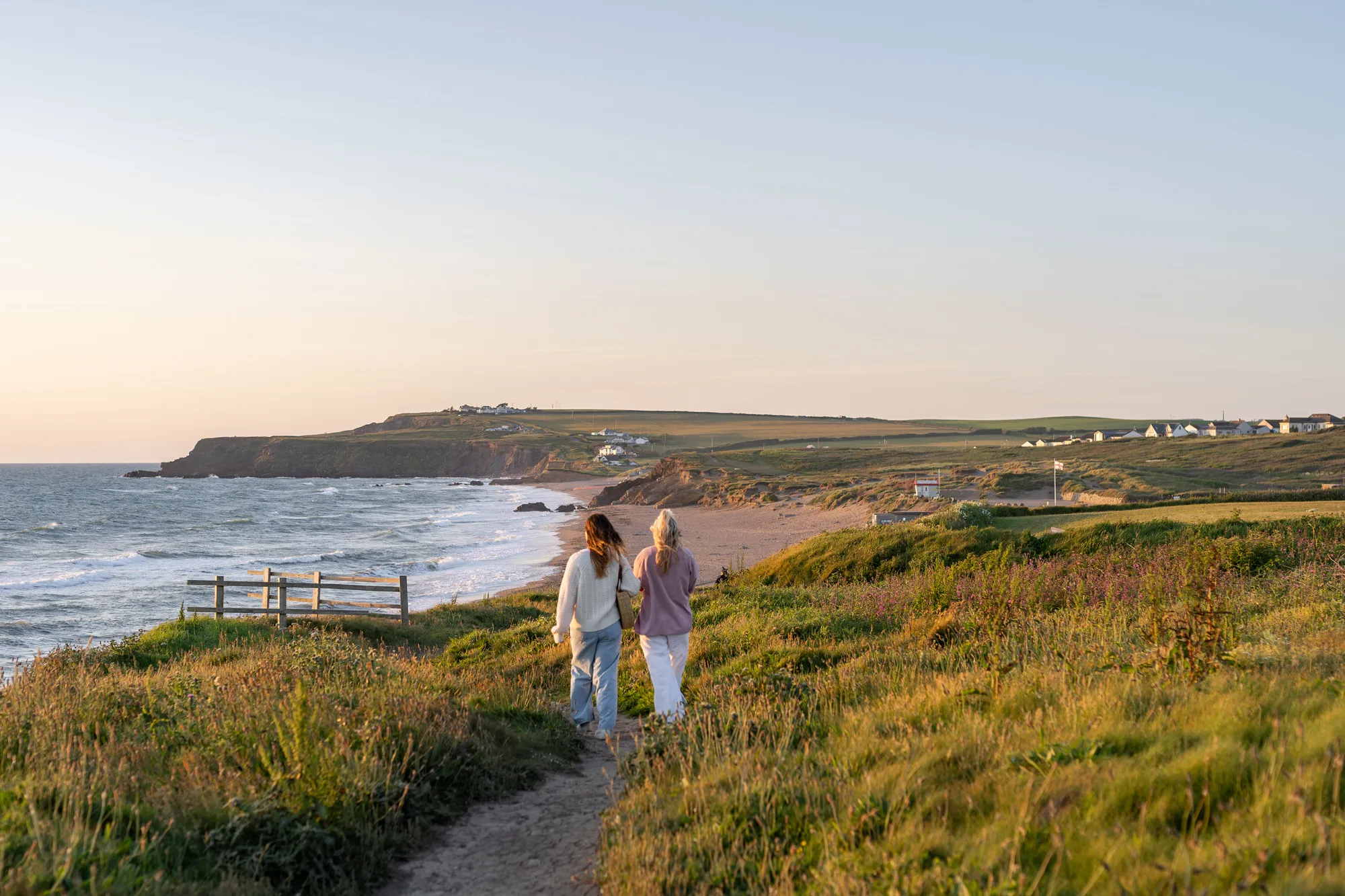
As golden hour approaches, it’s time for drinks with a view. As Atlantic View faces the north, you’re in a prime position for spectacular sunsets. Watch the colours change over the Atlantic and light up the sky in hues of amber behind Black Rock.
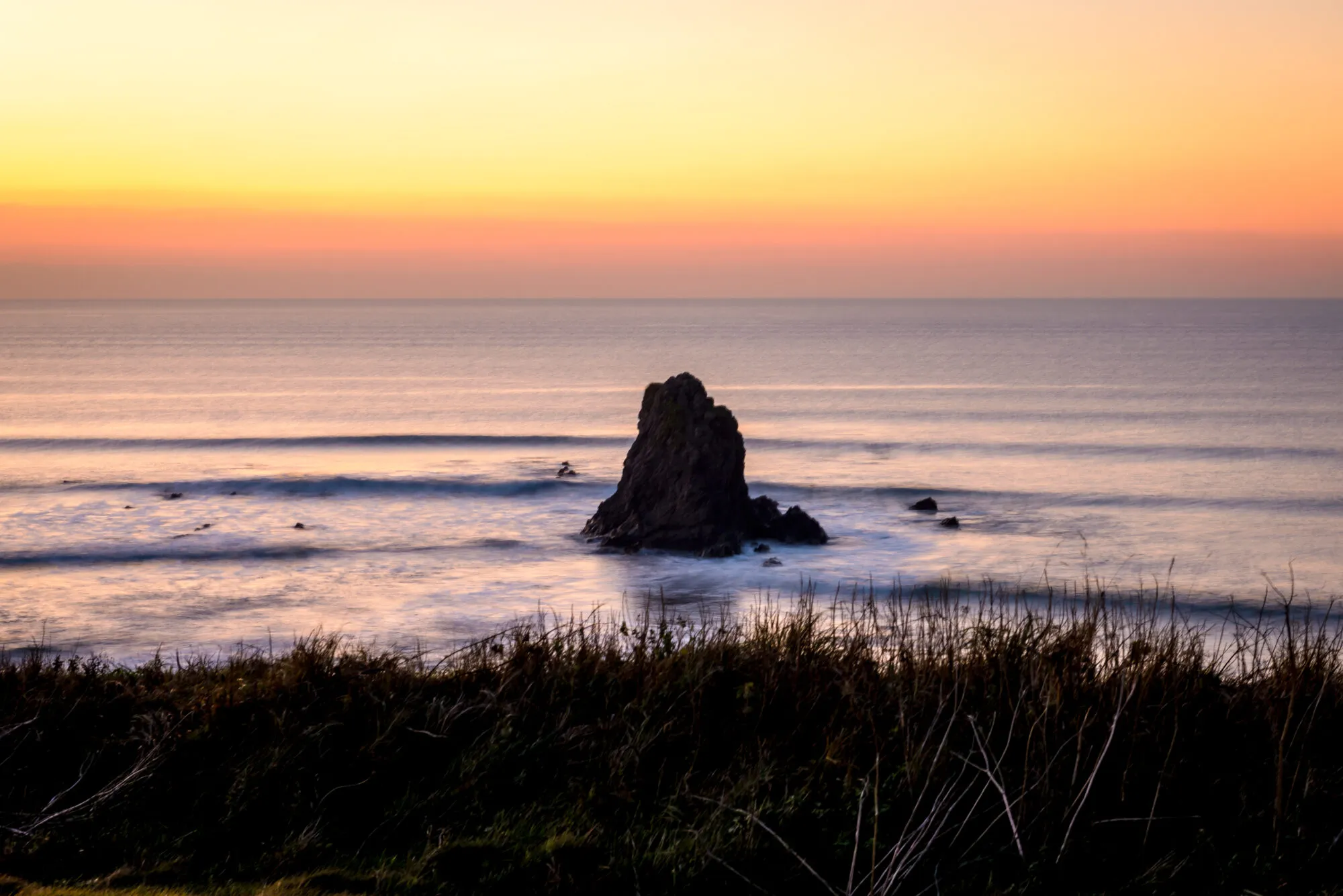
Cook up a feast in your state-of-the-art kitchen, or venture into Bude for dinner at one of its many local restaurants. Cocktails, catch-of-the-day suppers or wood-fired pizzas are all on the menu. Try Temple for sophisticated small plates and a candlelit atmosphere.

Back at Atlantic View, wrap up in blankets and stargaze from your outdoor terrace. With minimal light pollution, the moon is bright and the sky often lights up with constellations. Sleep deeply, lulled by the sound of the ocean.
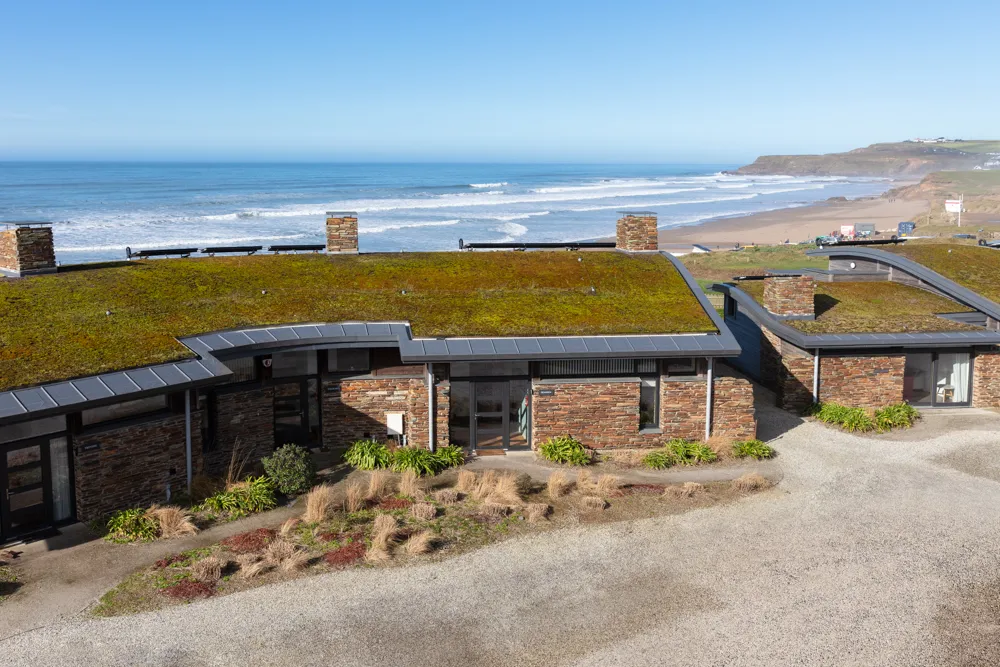
Book your stay at Atlantic View, with 20% off remaining August weeks
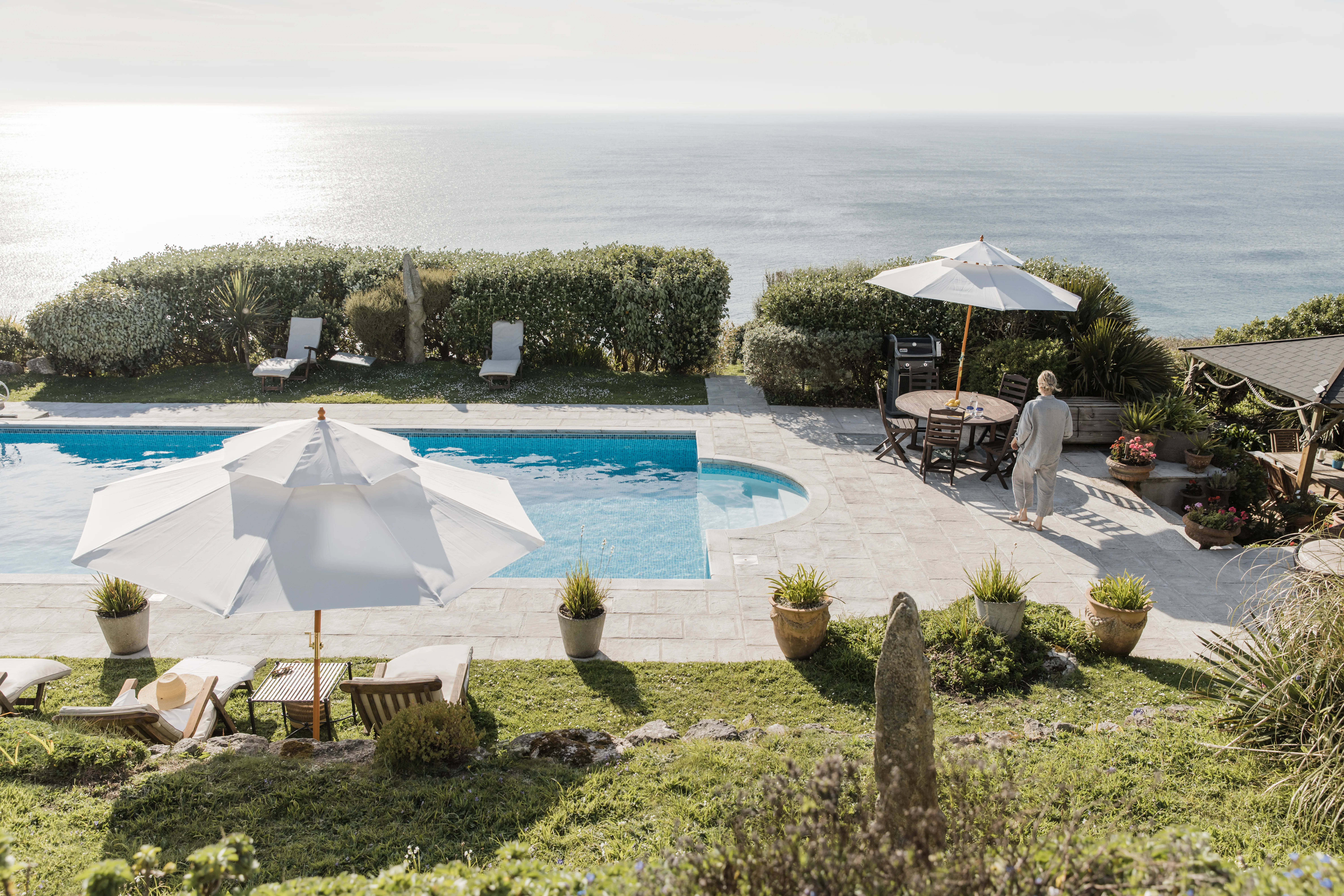
Unwind by the ocean in your own clifftop retreat, where your window frames endless ocean views. Welcome to North Rocks – part of The Iconic Set and perched above one of west Cornwall’s most striking shorelines.
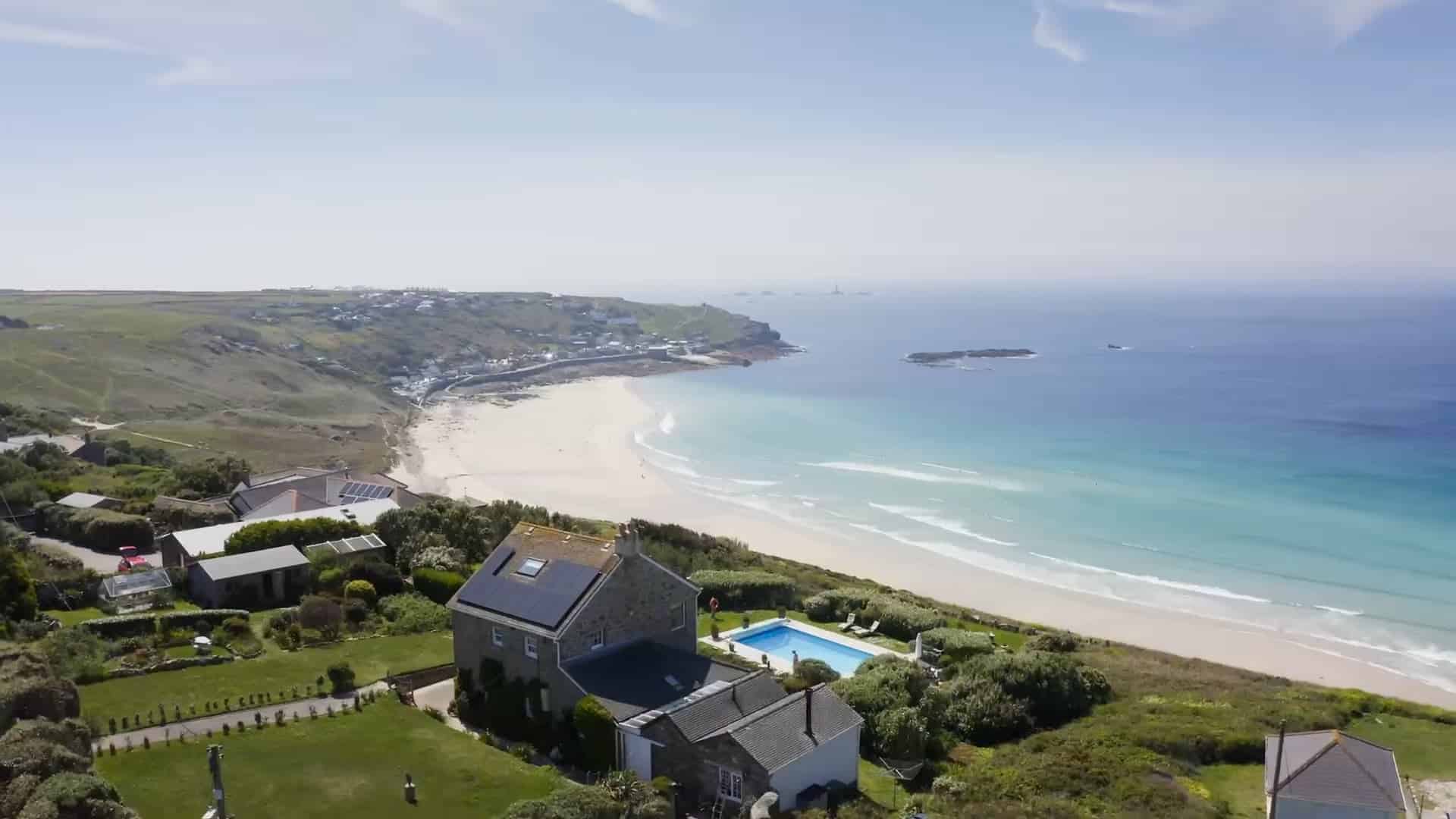
With a heated pool framed by parasols and loungers, a cedarwood sauna and cold plunge tub overlooking the Atlantic and direct access to the South West Coast Path at the edge of the garden, North Rocks invites you to live slowly and in saltwater style.
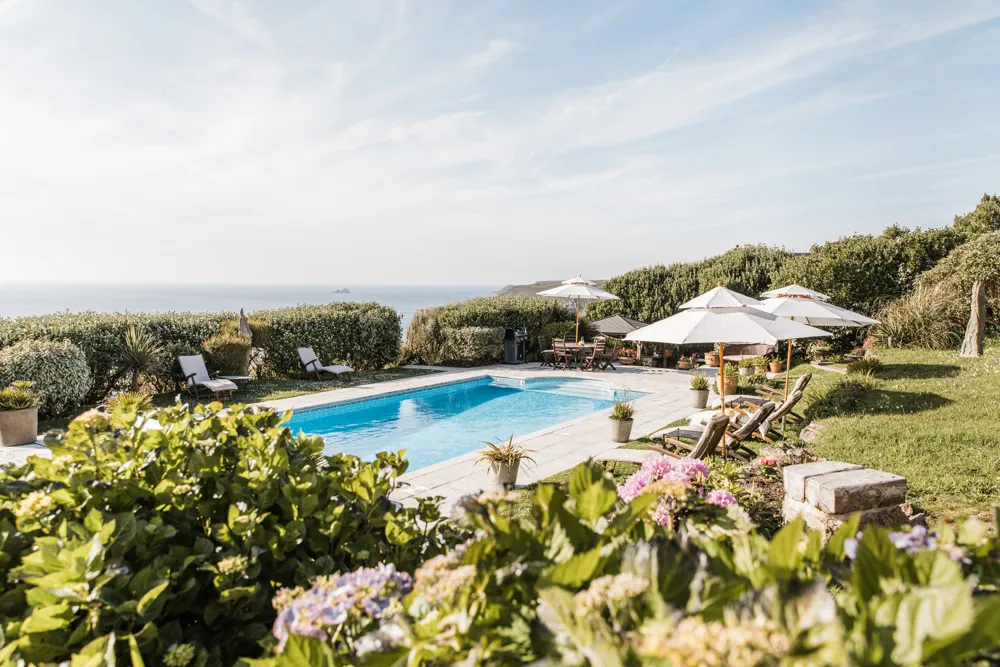
The interiors blend rustic character and timeless charm, with antique furniture, sun-drenched conservatories, and huge sea-facing windows that make the ever-changing tides part of the experience. From the moment you arrive, everything slows and you instantly feel calm.
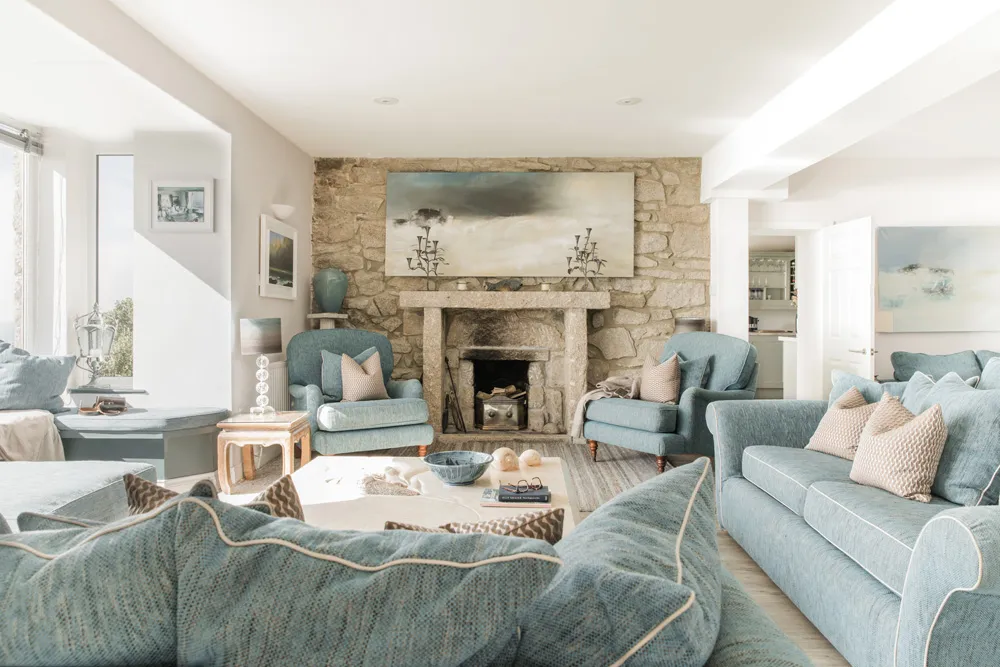 Here’s an itinerary to spend the perfect week living the coastal highlife at North Rocks.
Here’s an itinerary to spend the perfect week living the coastal highlife at North Rocks.
Check in, drop your bags and breathe. The Atlantic rolls in front of you, an endless blue that calms in an instant. Wander the house – perhaps claiming the grand master suite with glittering sea views – and then throw open the doors to the garden. Dip your toes in the pool, pour a glass of something chilled and watch the surfers below trace lines across the water.

Unpack your Cornish Food Box goodies (which you will have pre-ordered via a complimentary £100 voucher) and ease into the evening watching the sunset. The colours here are extraordinary – amber skies, pink-tinged cliffs and deep blue water.
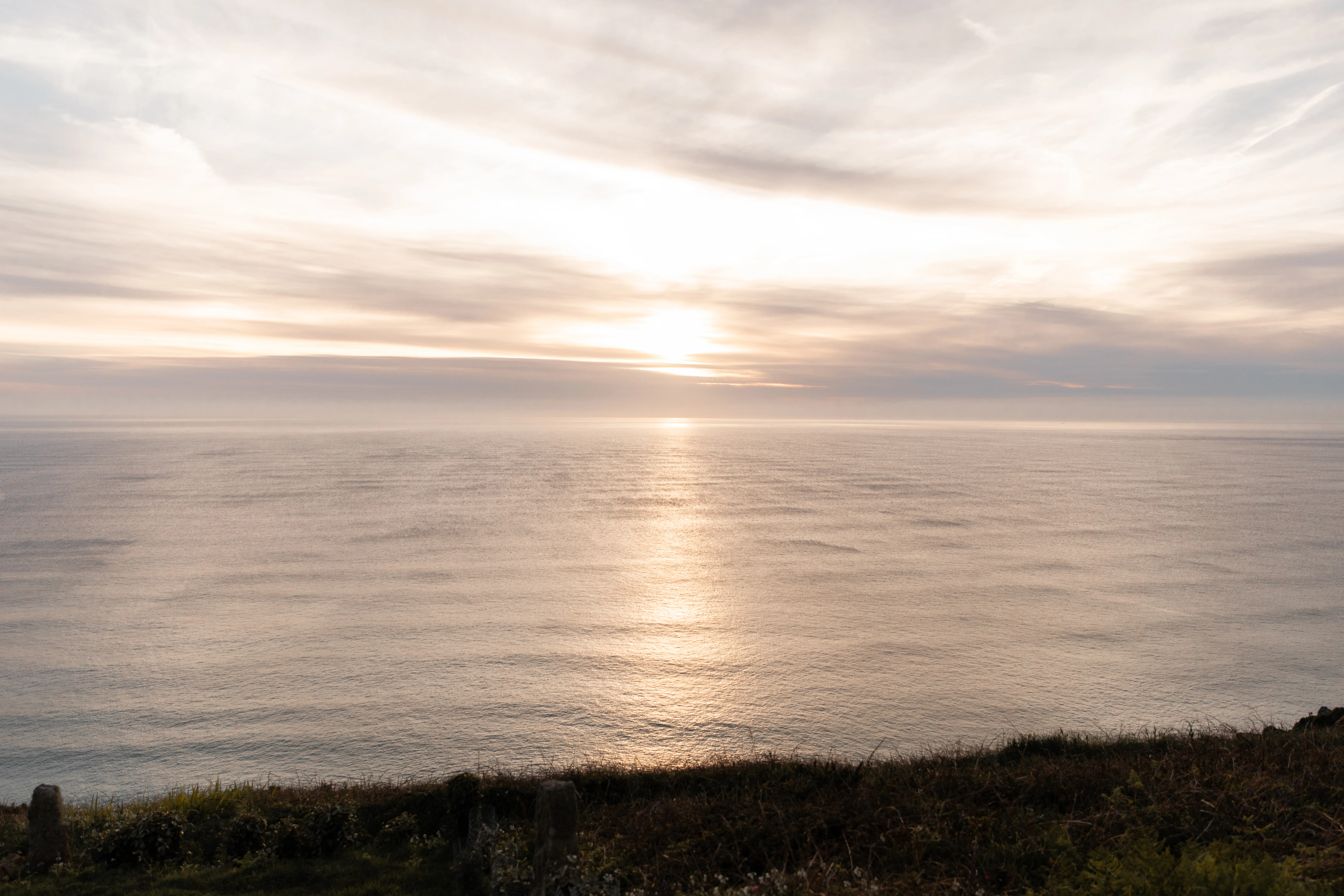
Begin with a stretch on the patio or a book by the pool. Then try the full spa circuit: fire up the ocean-facing sauna, brave the invigorating cold plunge tub, and sink into a sun lounger wrapped in soft towels.

Recline on the hammock suspended beside the pool, gently swaying under Cornish skies as the tide shifts and light dapples the garden. For lunch, prep a mezze board in the country style kitchen and eat alfresco.
Evenings are for stargazing from the daybed or padding inside for a slow film night in the snug with blankets and popcorn.
Pull on your walking shoes and step straight onto the South West Coast Path from the private gate at the bottom of the garden. This is a walk of cinematic scale: sheer cliffs, crashing waves, wildflowers and seabirds.
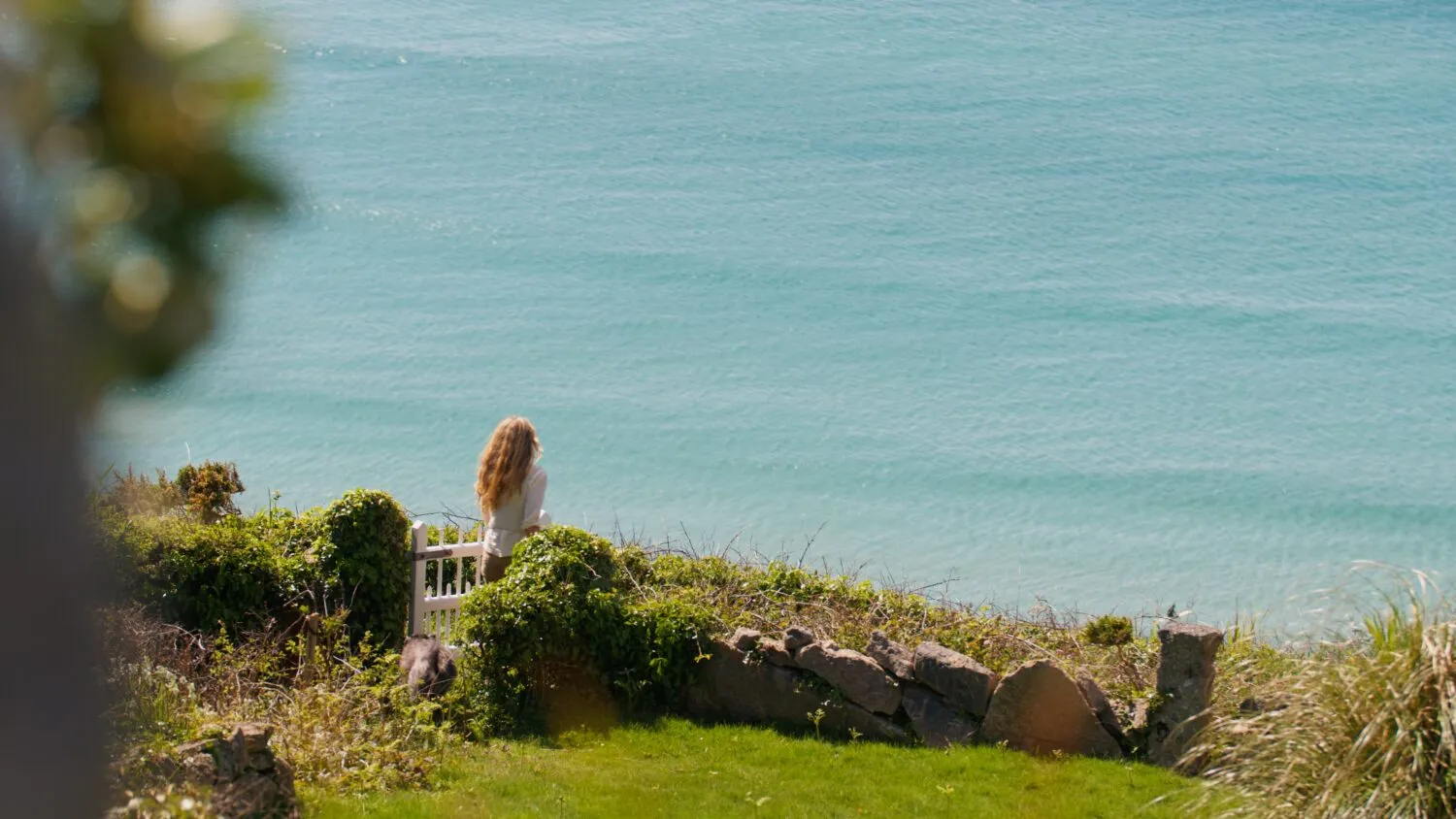
Head south to Land’s End, stopping to admire the famous sea stacks and the lighthouse in the distance, visible from your bedroom at North Rocks. Refuel at Land’s End with coffee and cake, then take the slow route home and rest in the conservatory as the sun pours in.
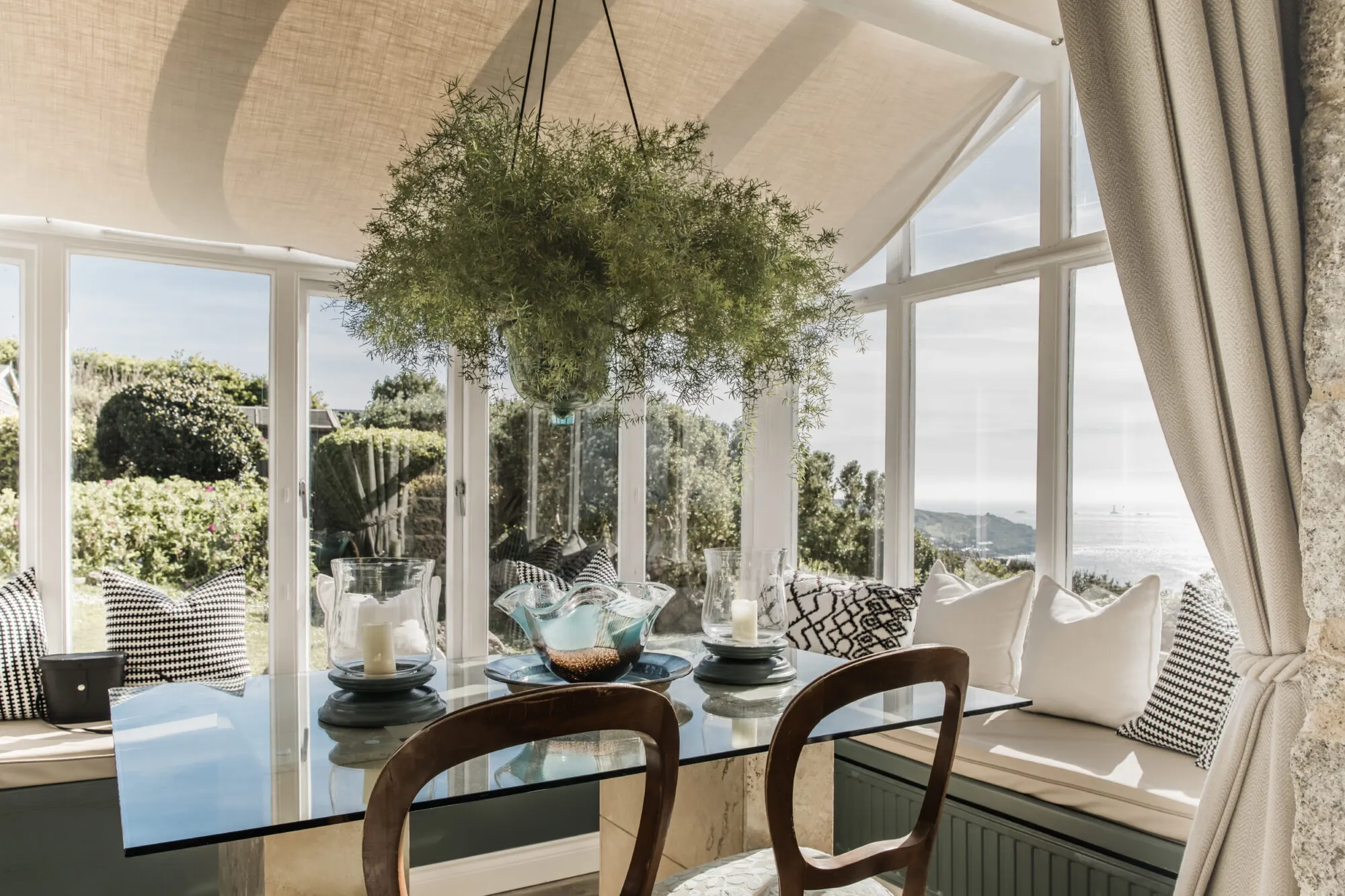
Wander down to Sennen Cove – just 200 metres from your door – and enjoy one of the UK’s most beautiful beaches. The sand is as white as sugar, the water a bright blue-green, and dolphins are often cresting in the distance.

Book a surf lesson with Sennen Surfing Centre or Smart Surf School or simply swim and sunbathe to your heart’s content. For lunch, head to the Blue Lagoon for fish and chips or Sennen Surf Lodge for seafood and small plates.
Spend the day exploring. Drive to nearby St Ives for galleries and boutiques – the Tate and Barbara Hepworth Museum are must-visits – or explore the tiny fishing village of Mousehole. Don’t miss the Roundhouse and Capstan Gallery in Sennen for locally made ceramics and sea-inspired artwork.
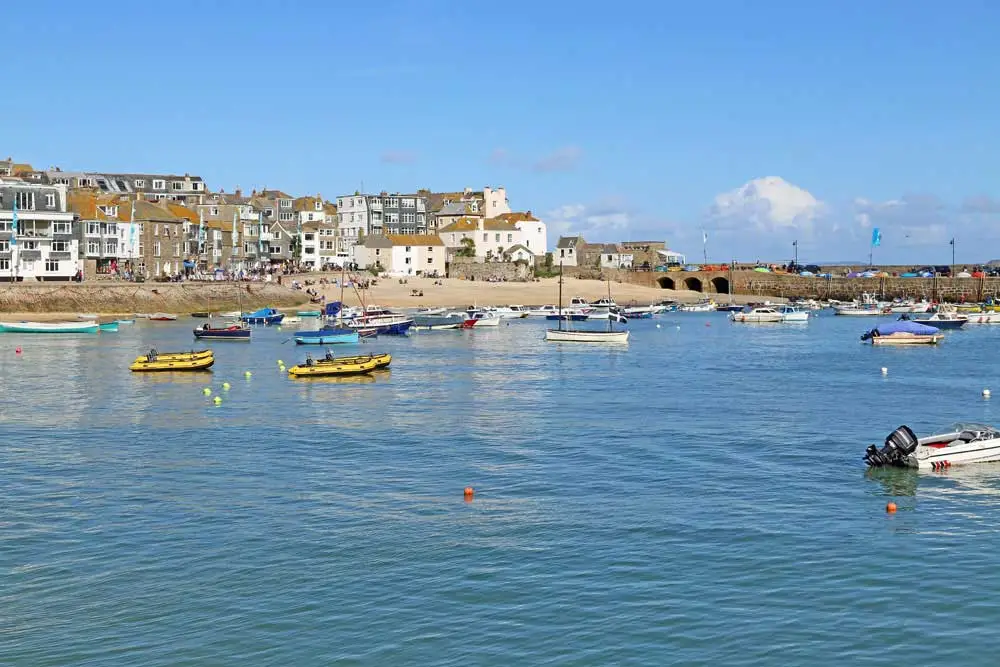
Back at North Rocks, sink into a slower pace. Try a pre-dinner sauna and cold plunge followed by a firepit under starry skies.
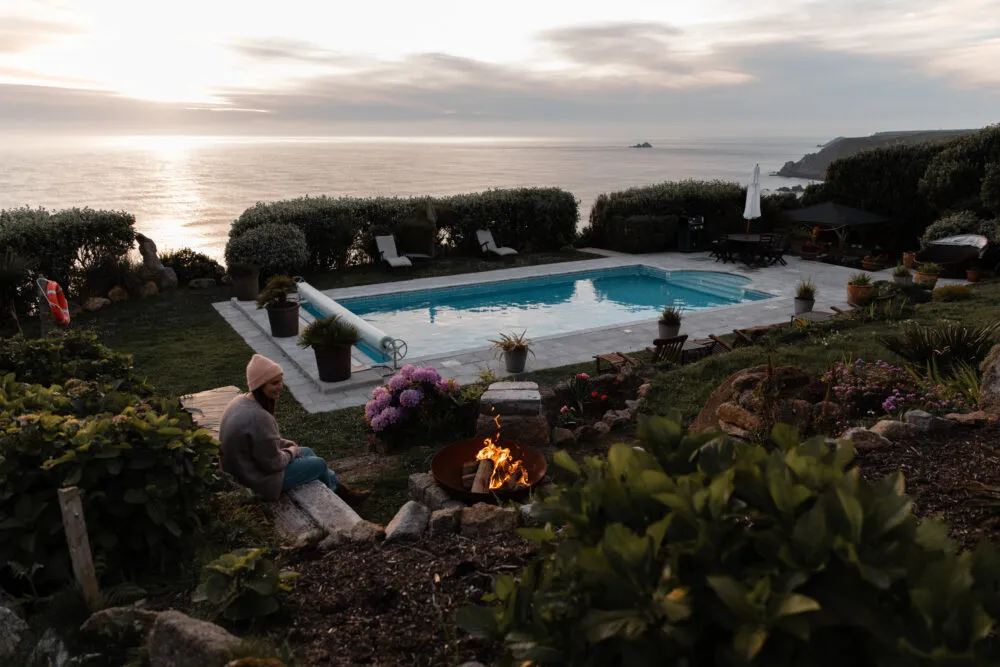
Walk north this time – over the headland past Gwynver Beach towards Cape Cornwall. It’s a quieter stretch of the coast, rich in mining heritage and dramatic cliff scenery.
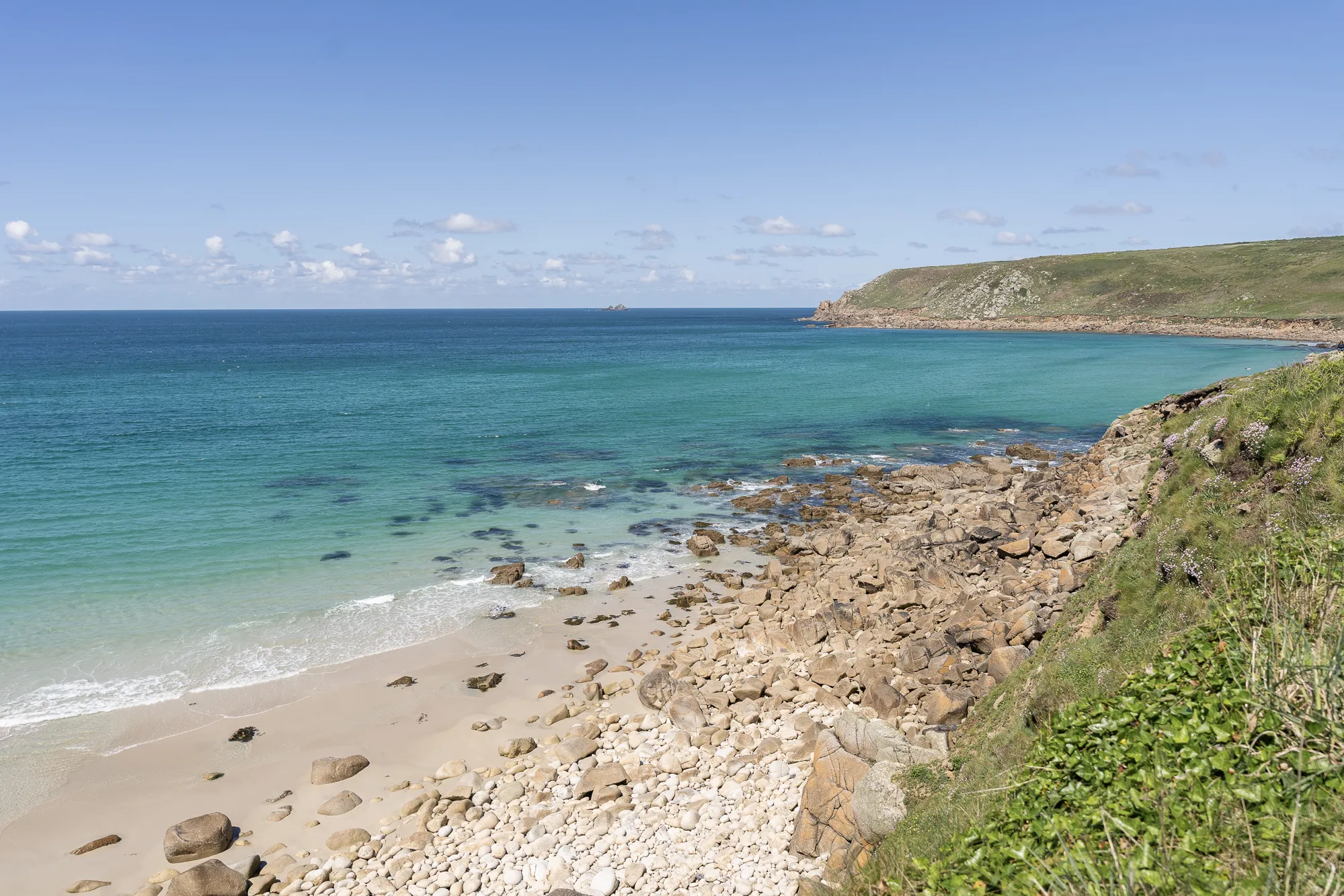
By evening, host a family dinner in the elegant dining space.
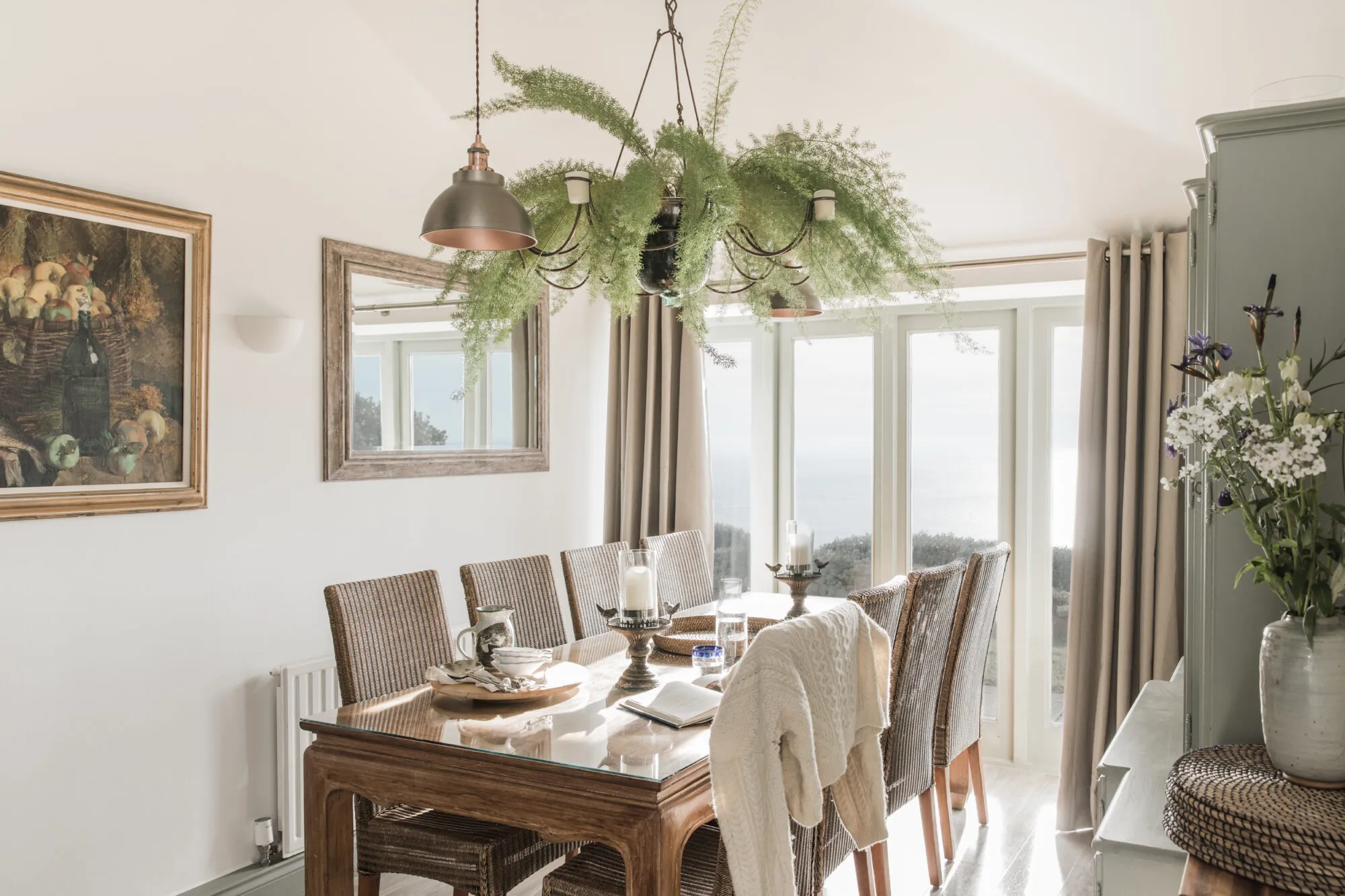
Make the most of your final morning. Watch the sunrise from the garden’s edge, take one last dip in the pool, or enjoy coffee in bed with the windows open and the sea sparkling below.
Pack up slowly, already dreaming of next year’s stay.

Stay at North Rocks, or browse all Iconic retreats.